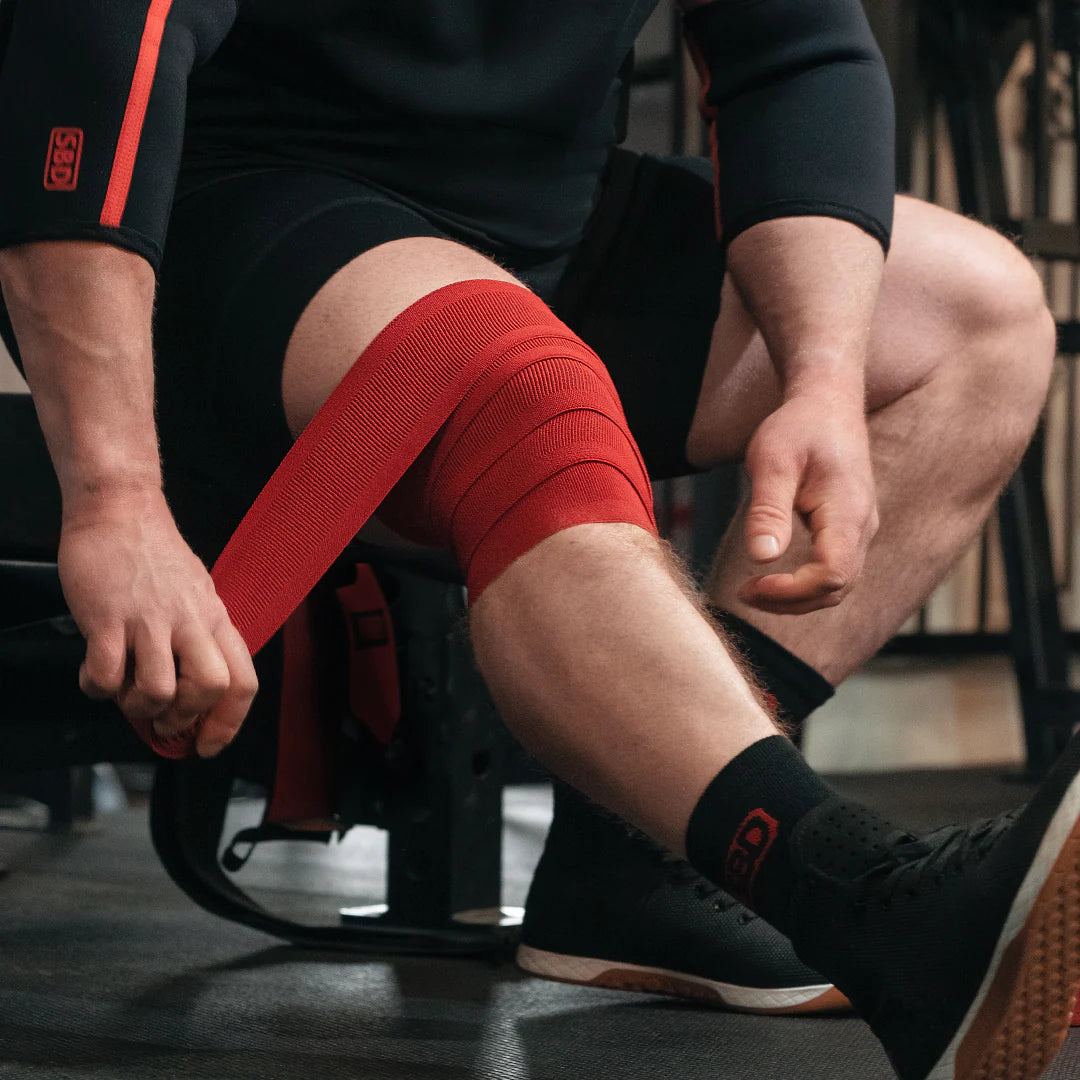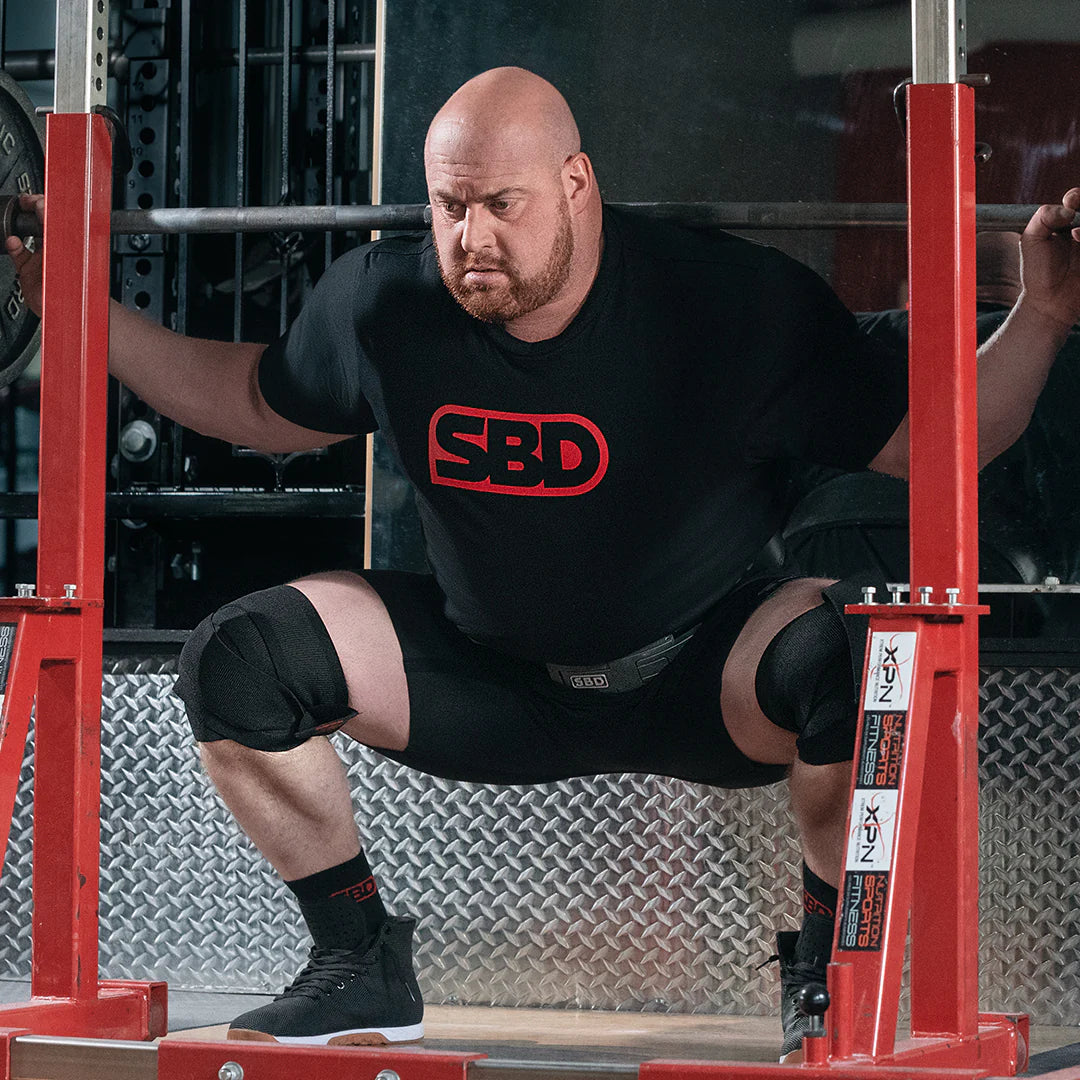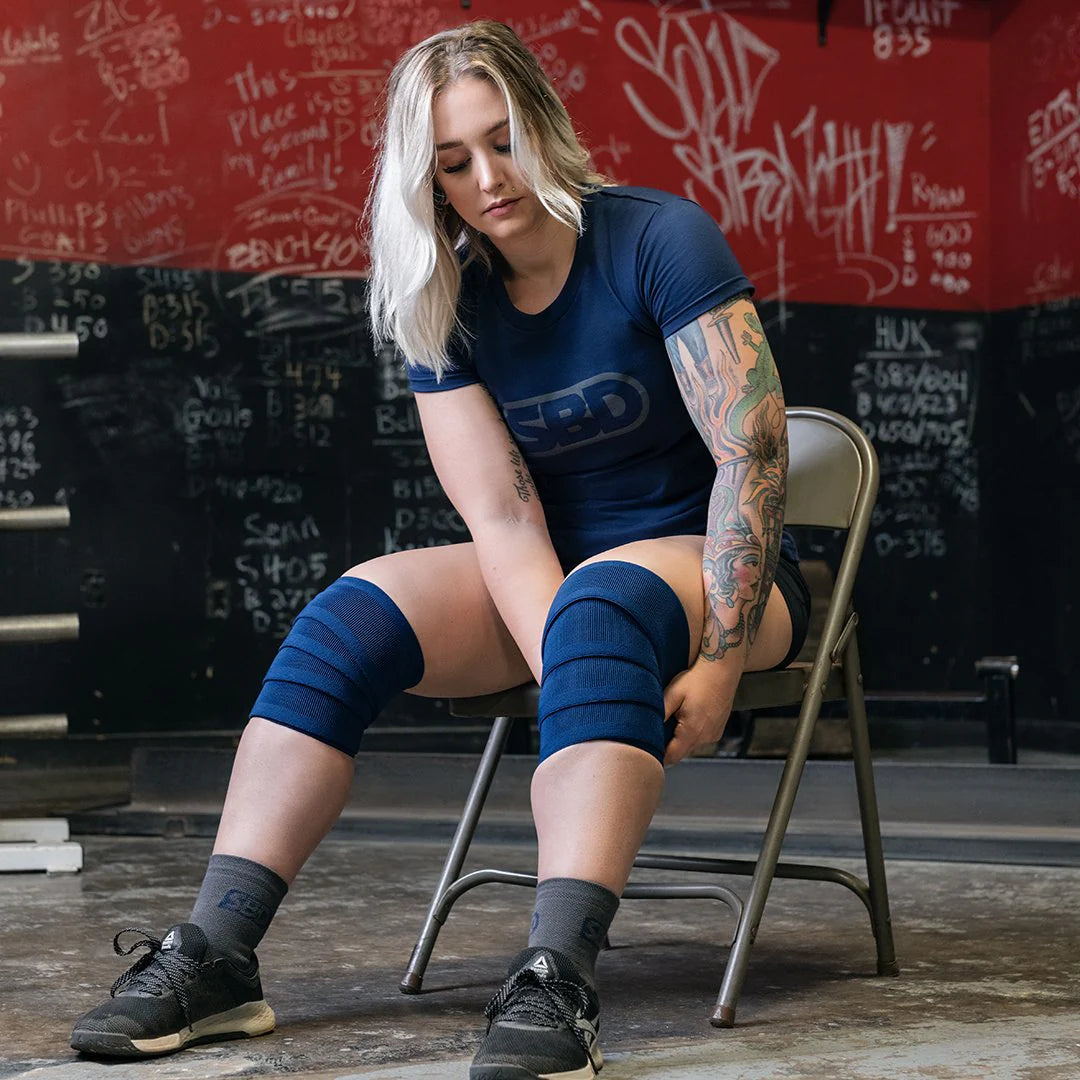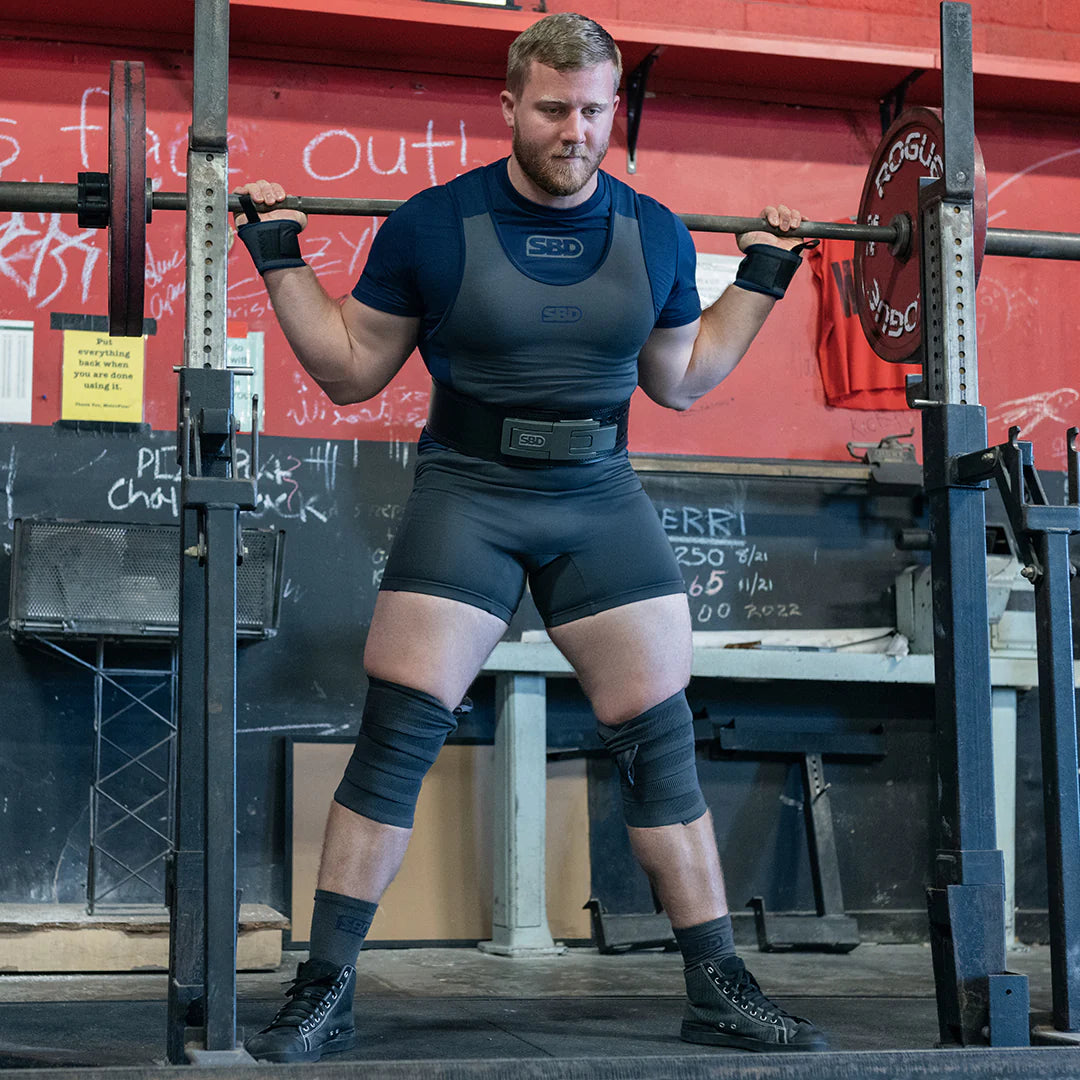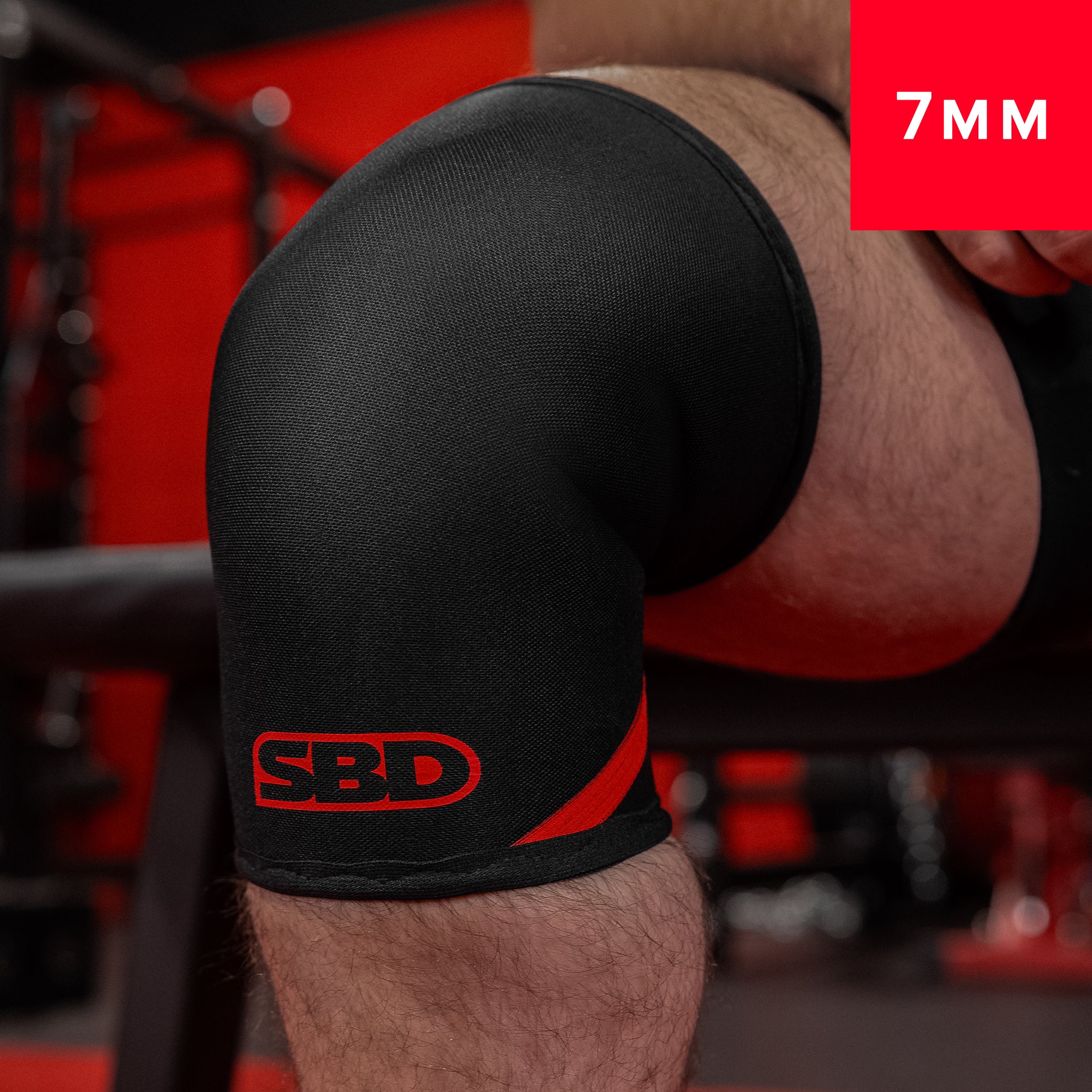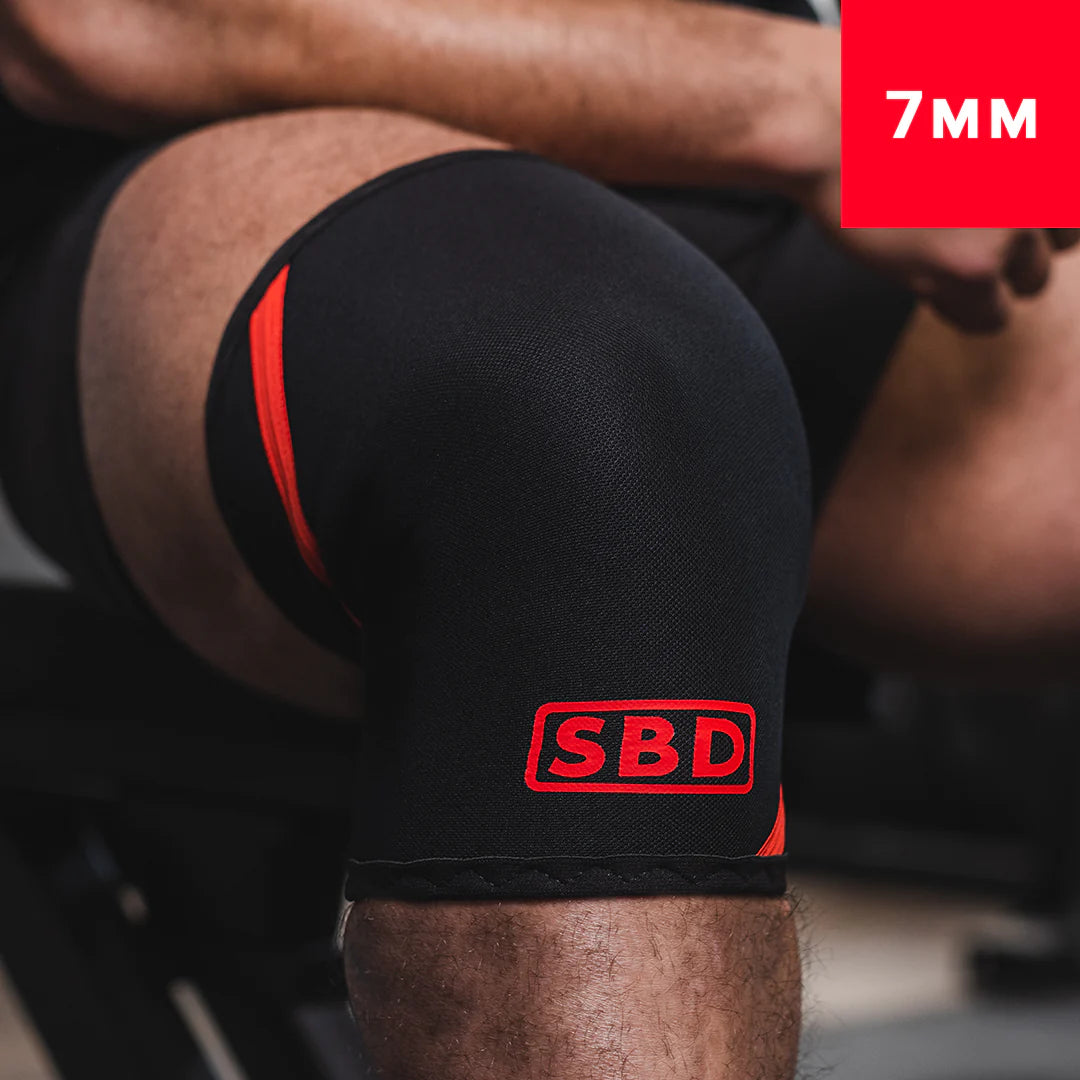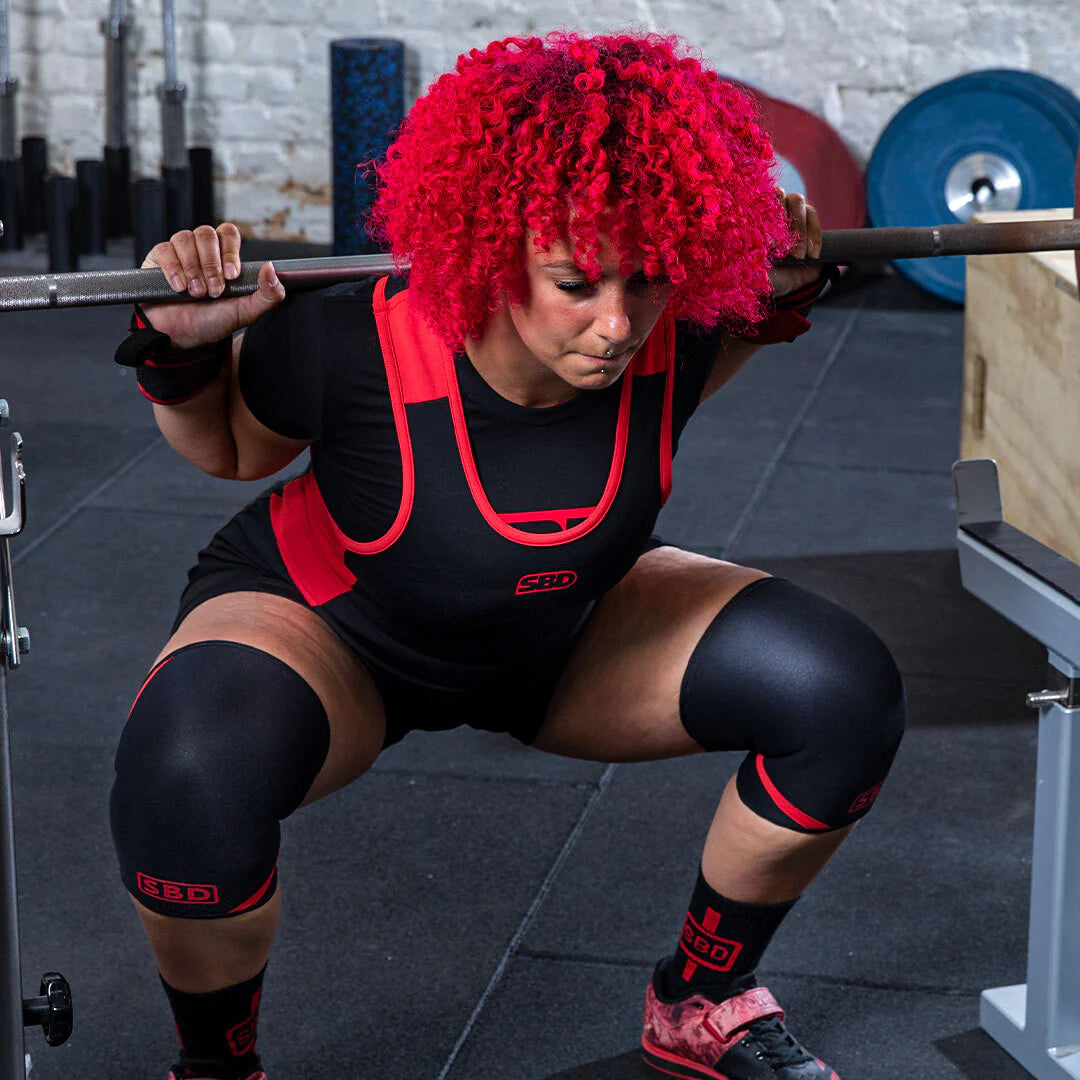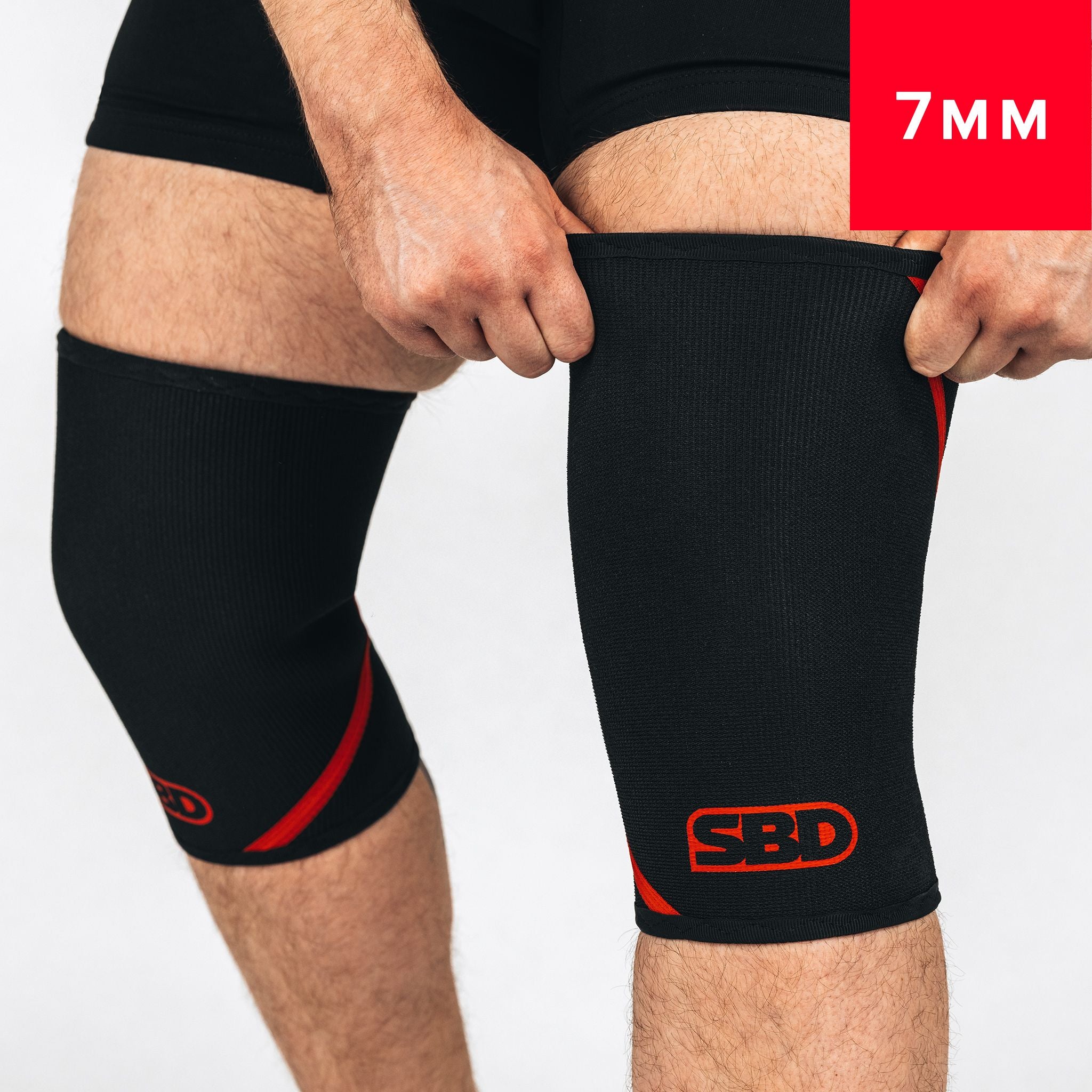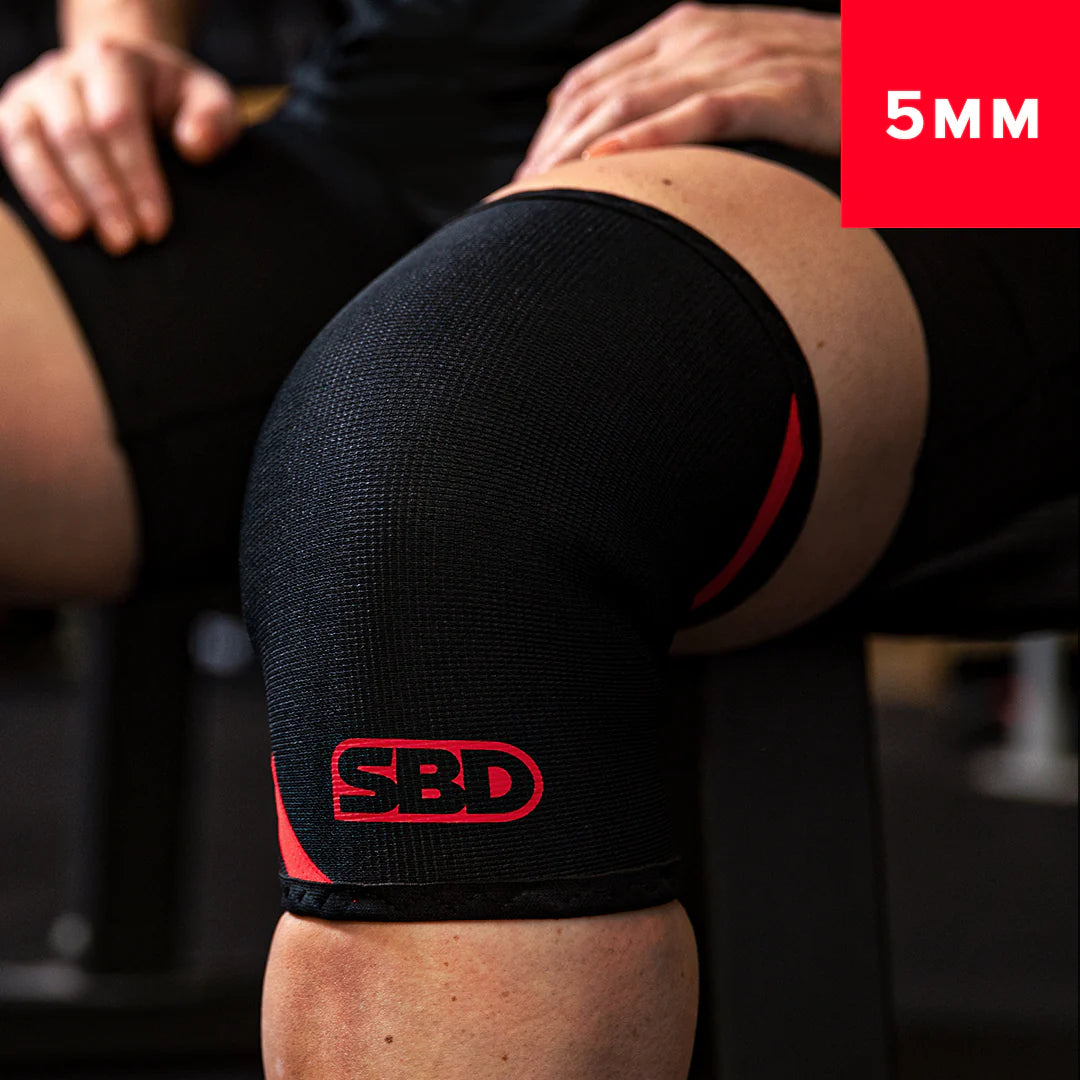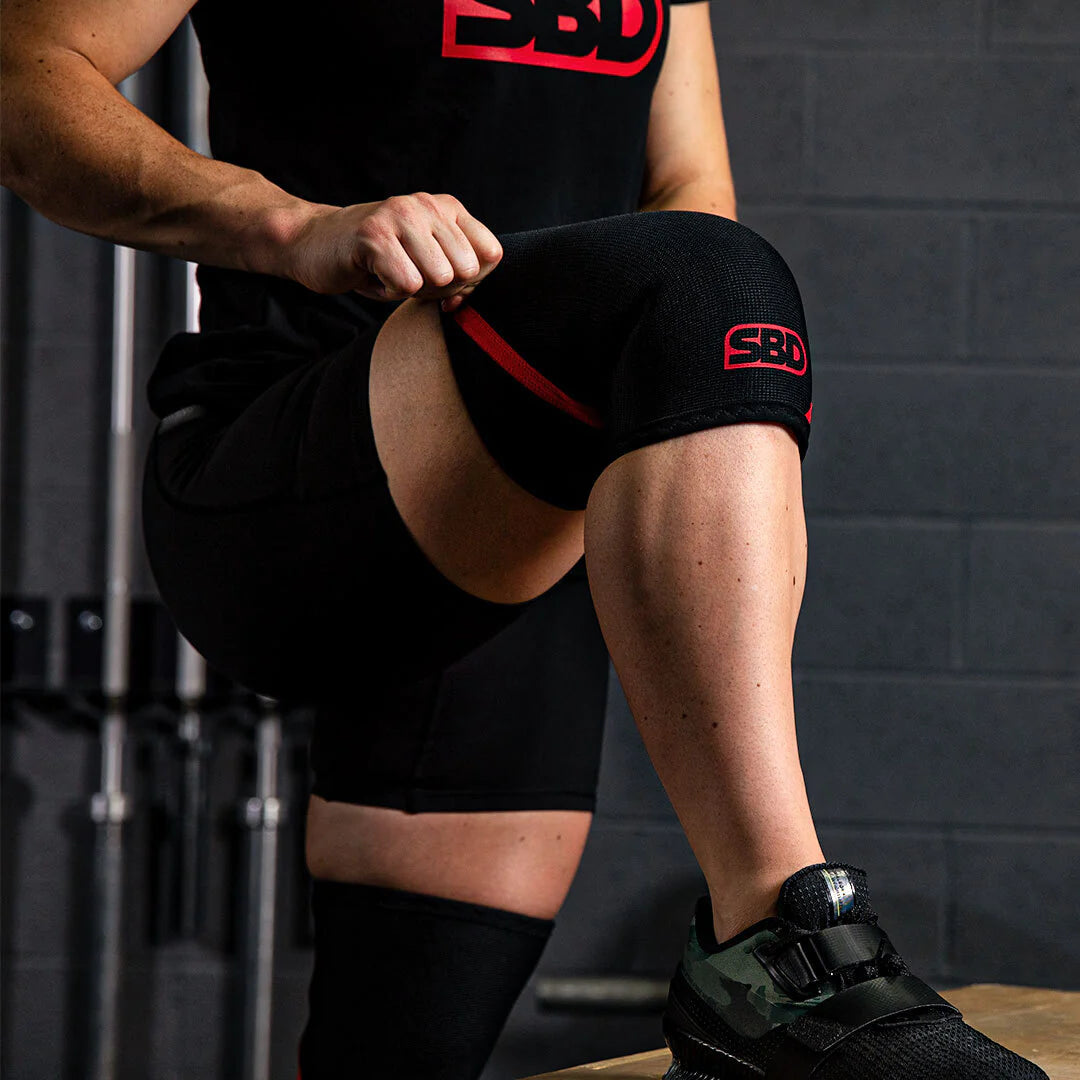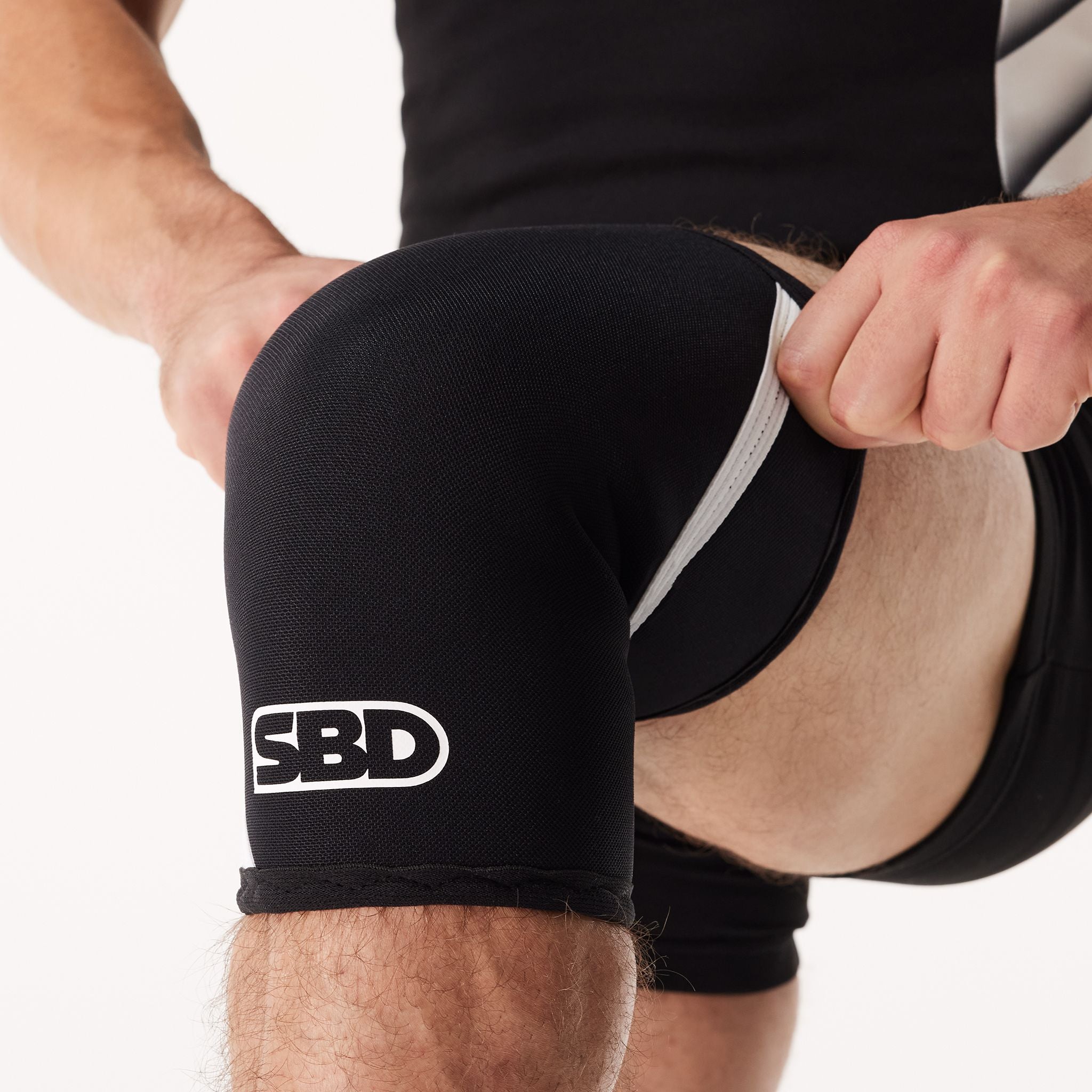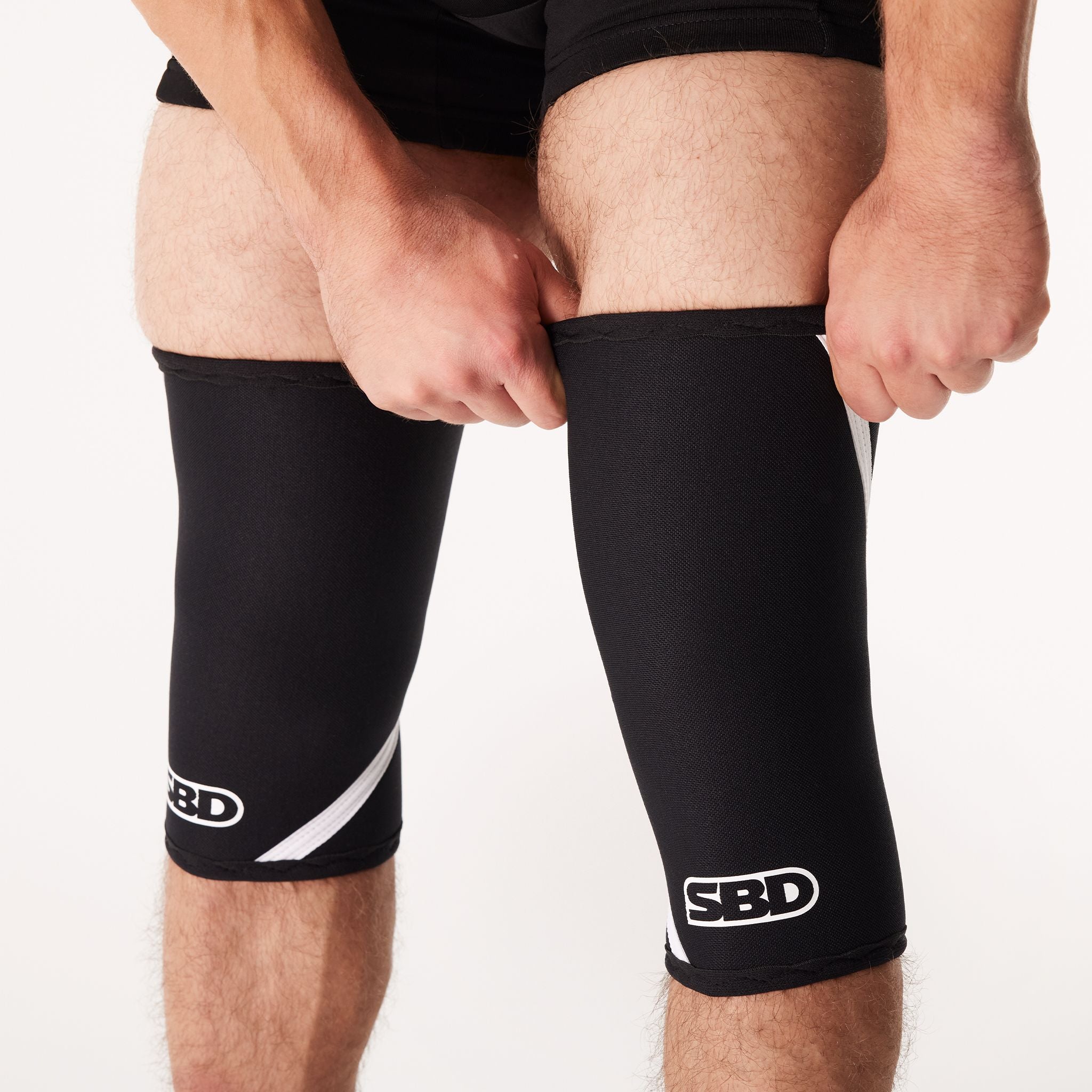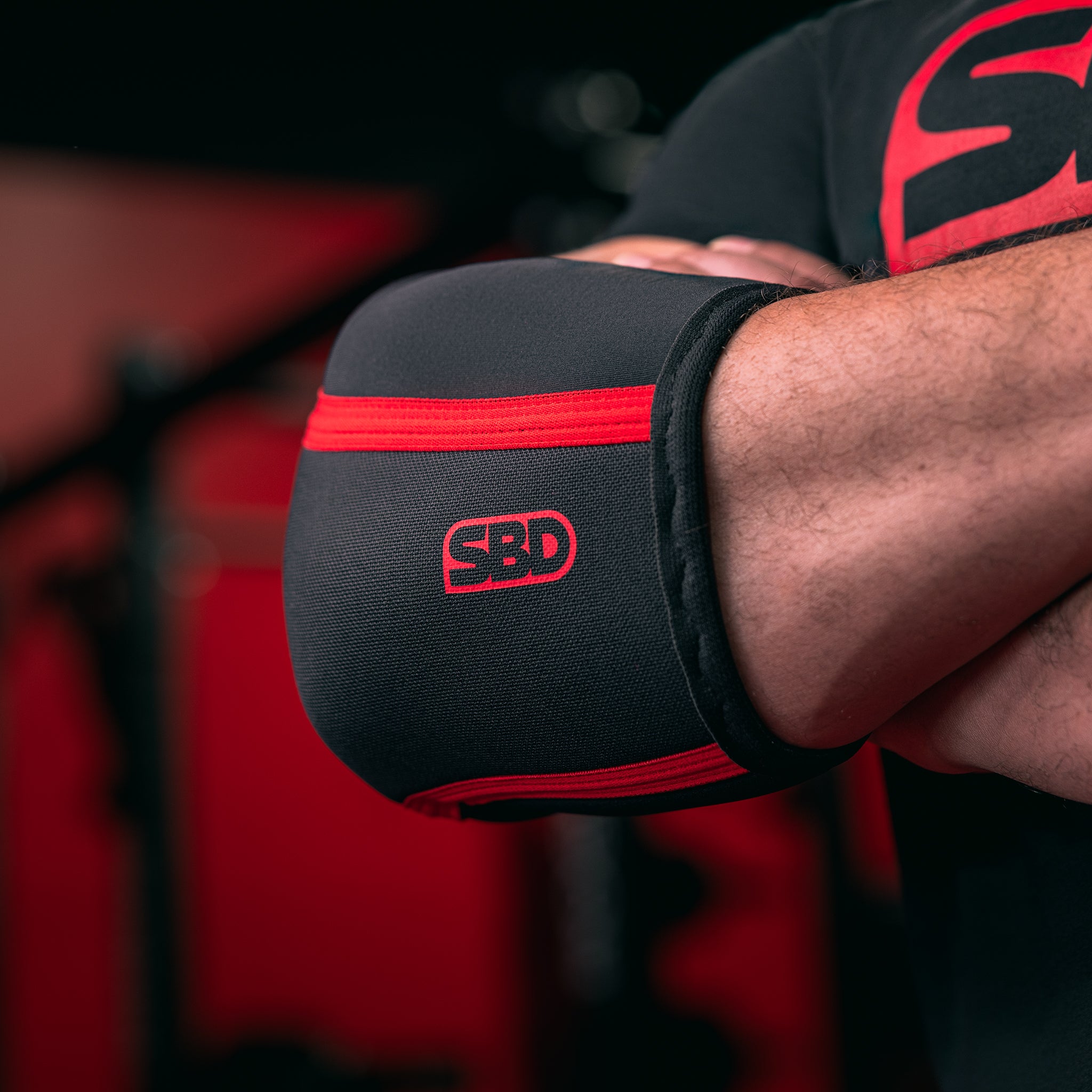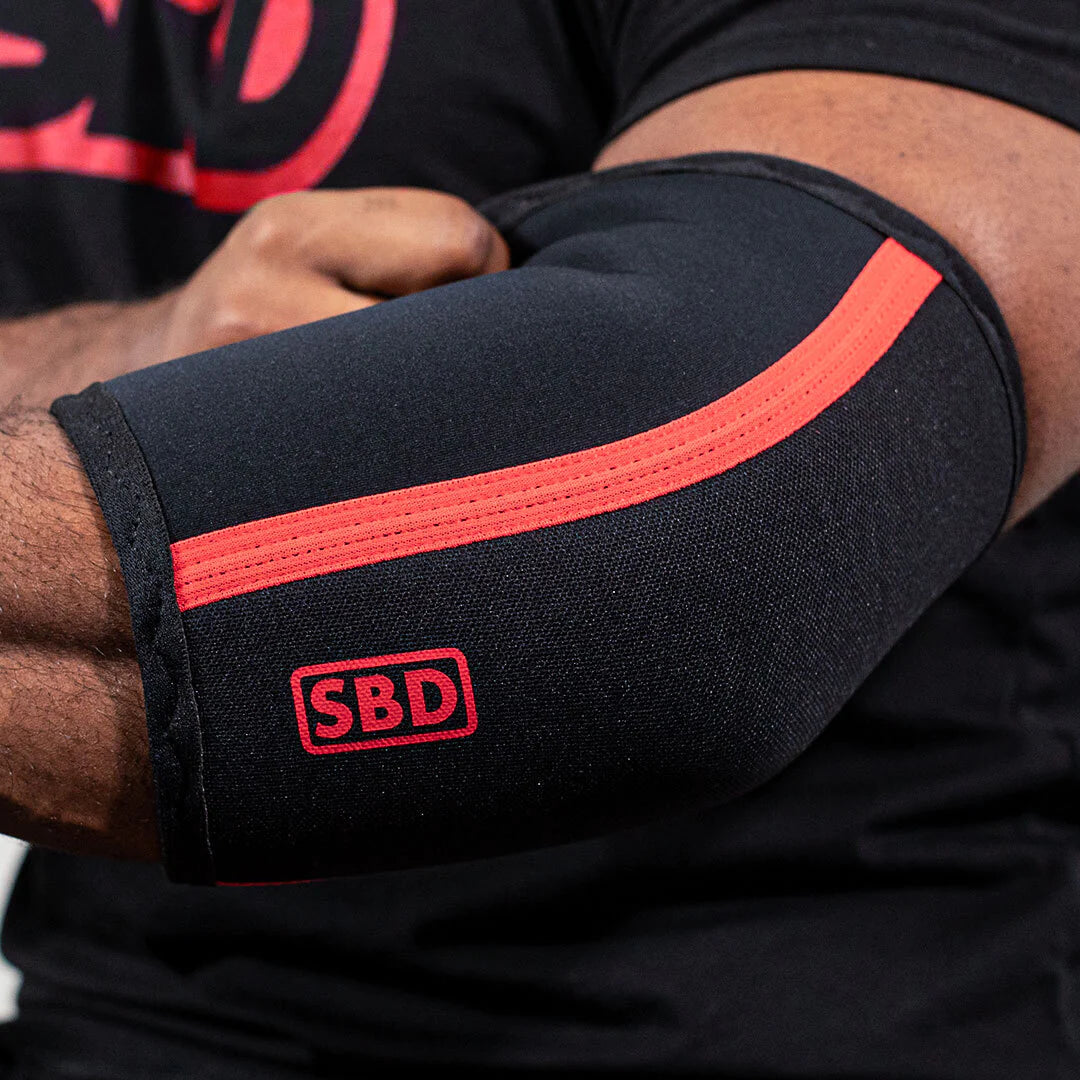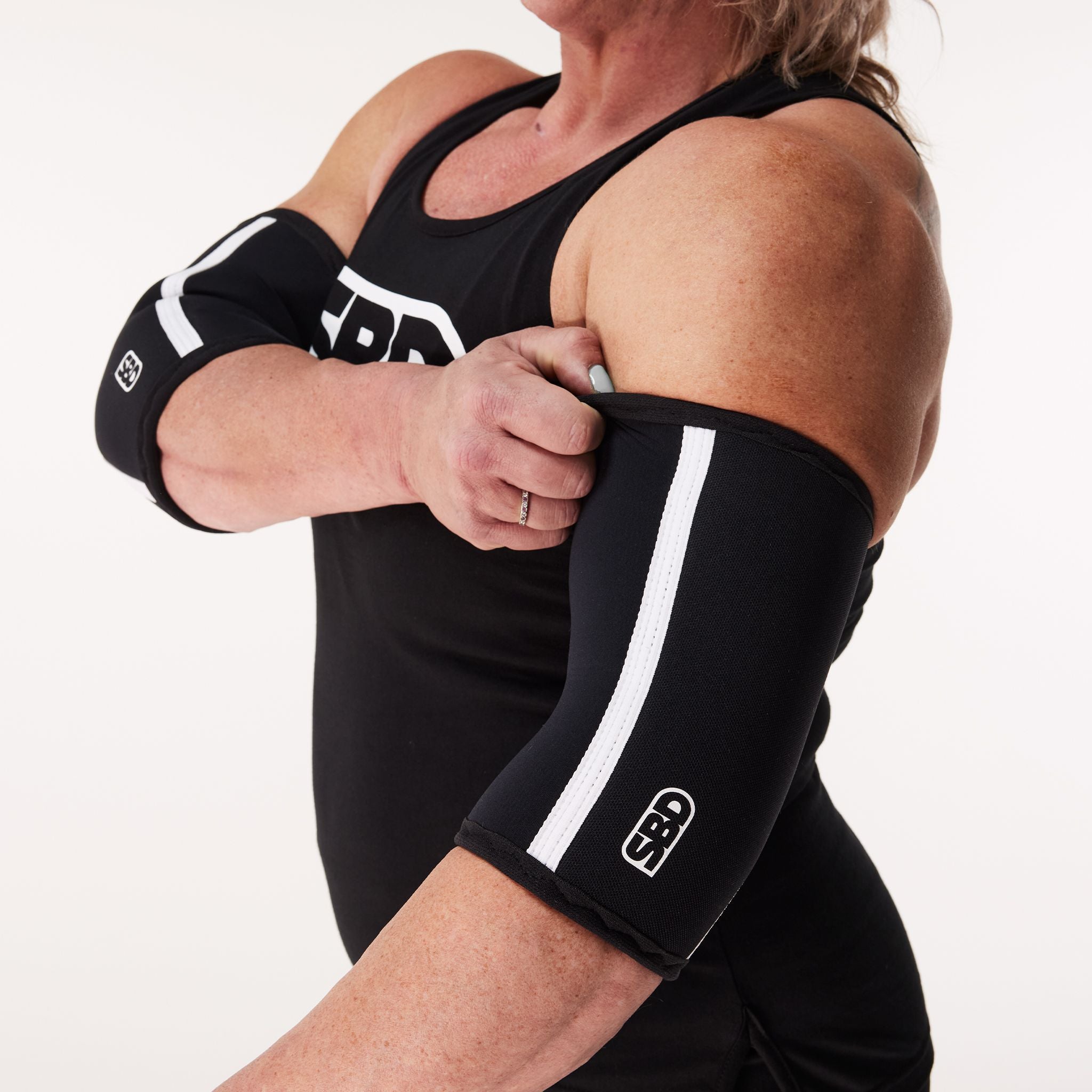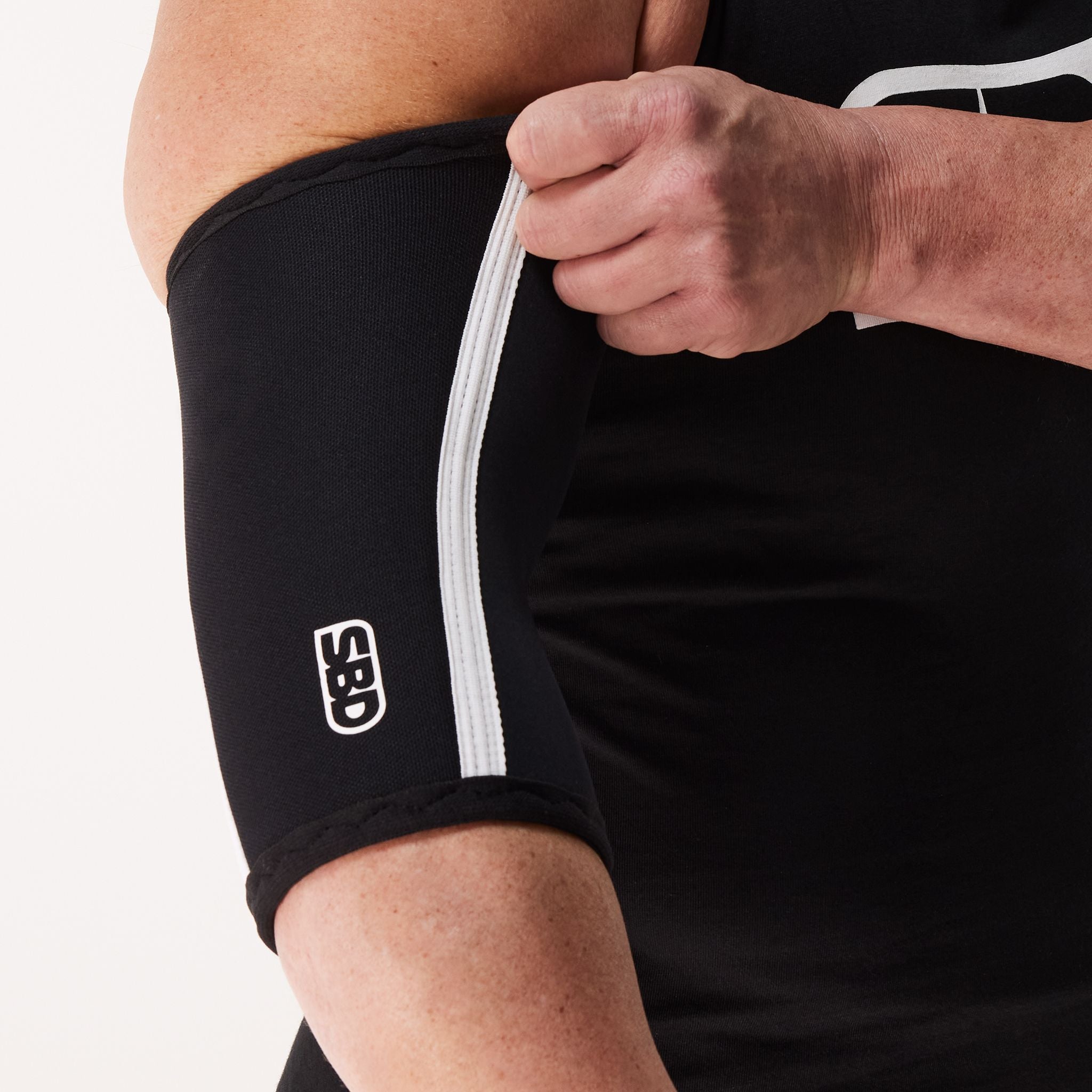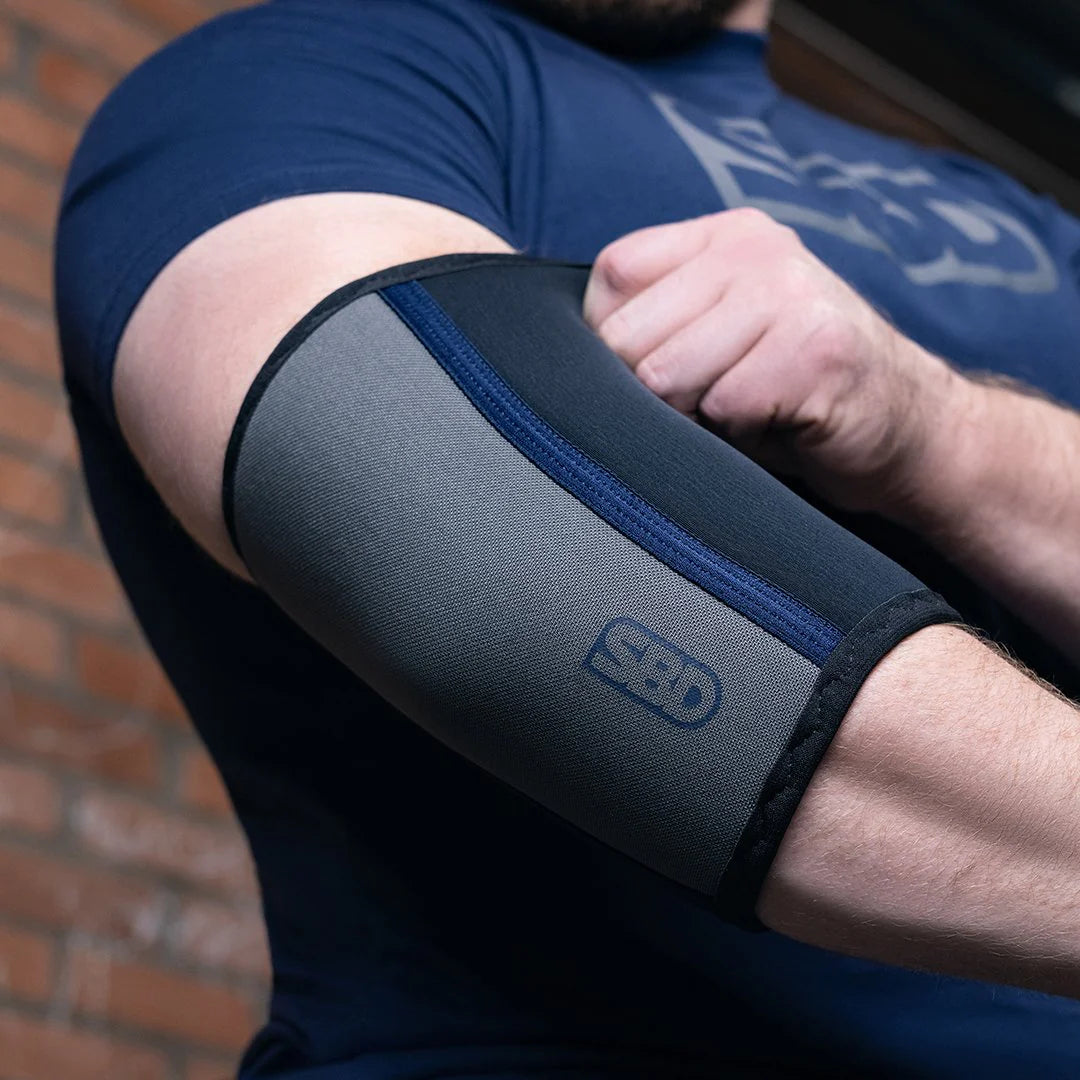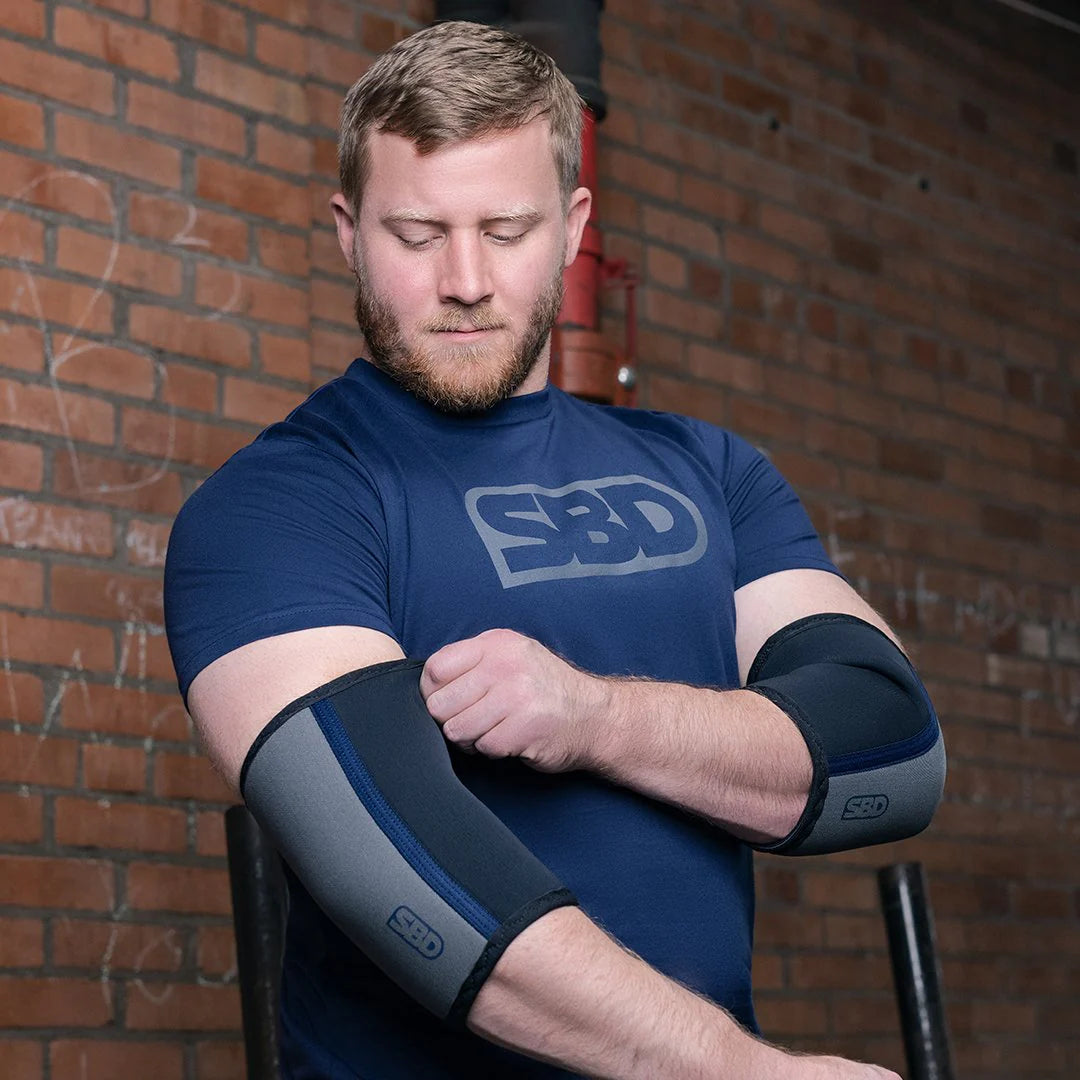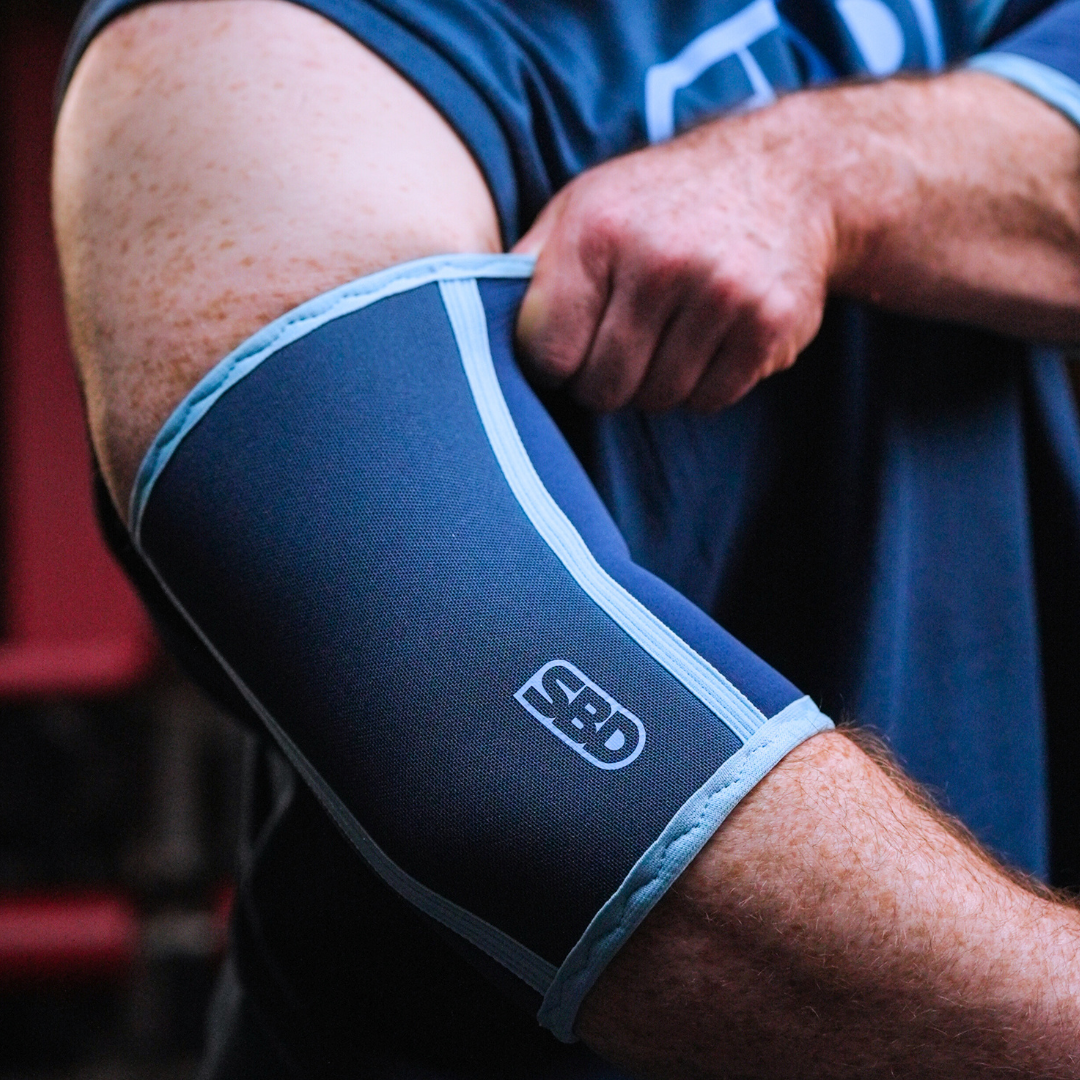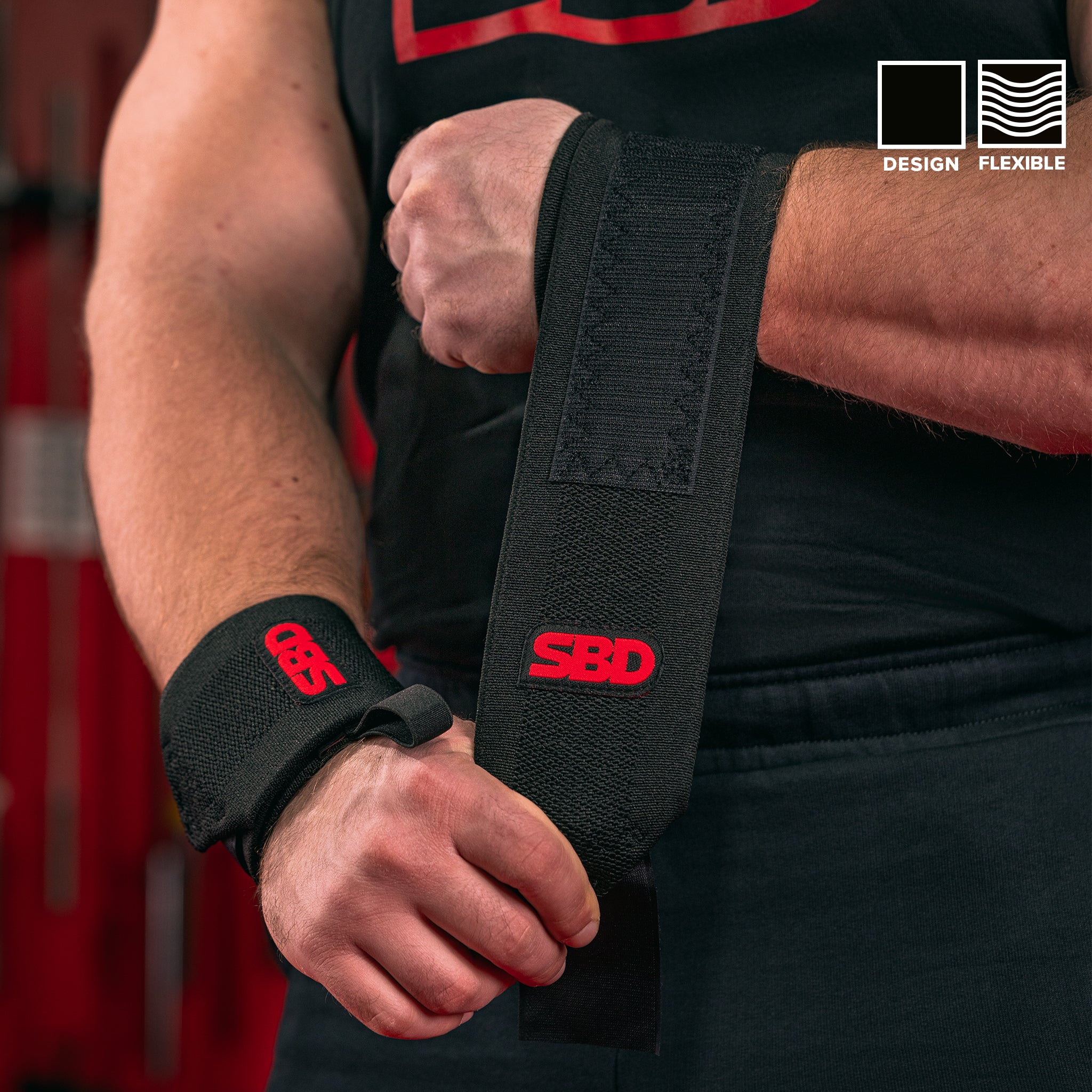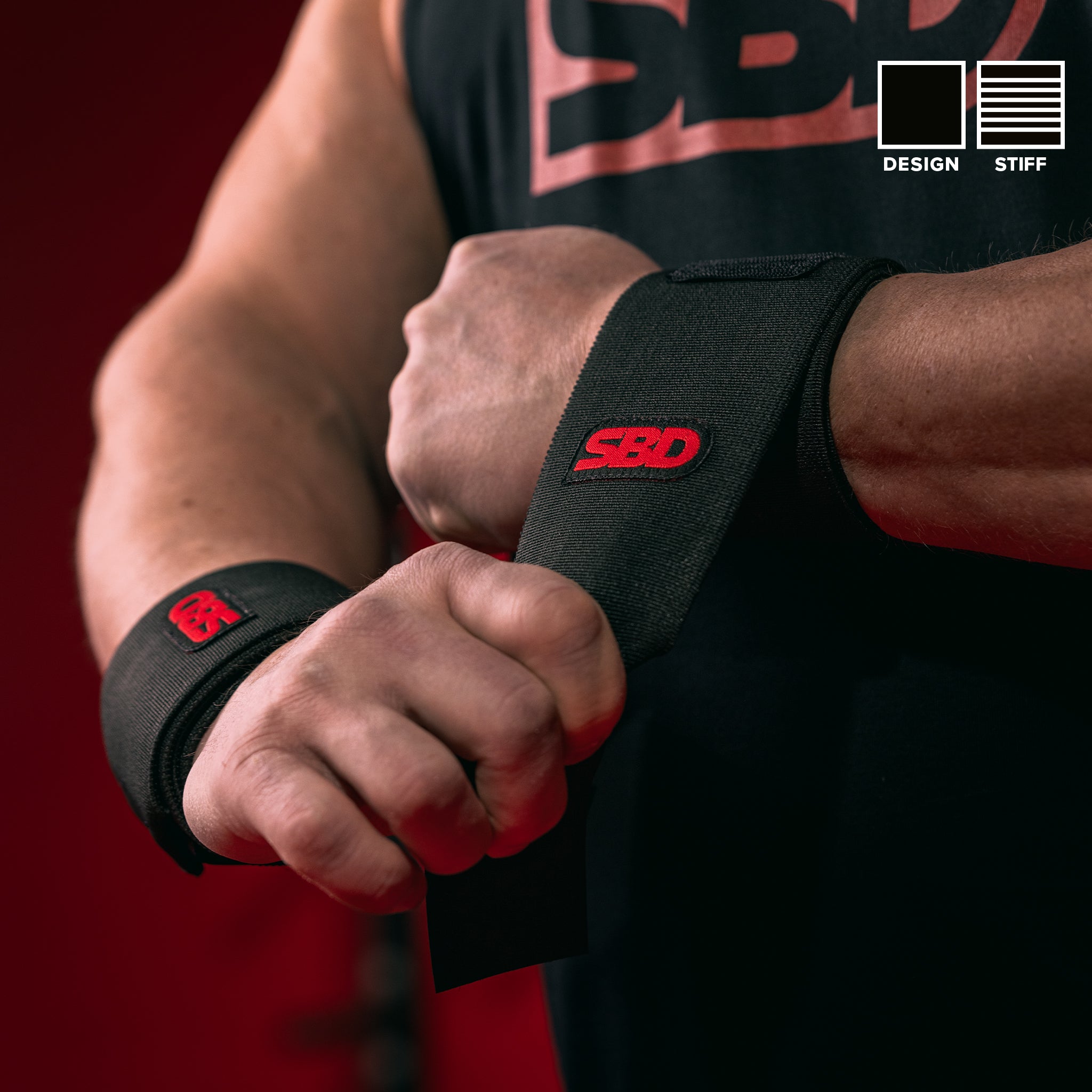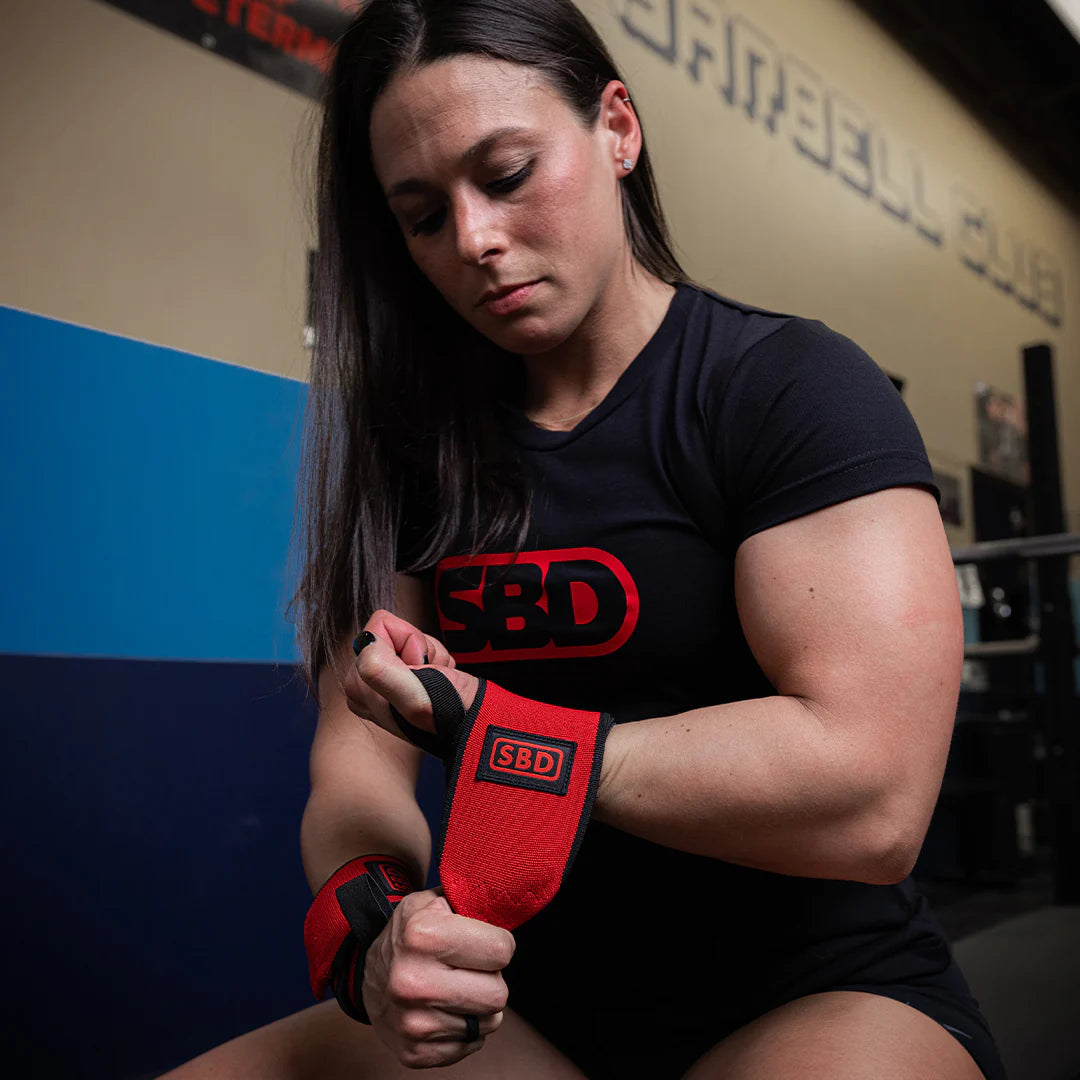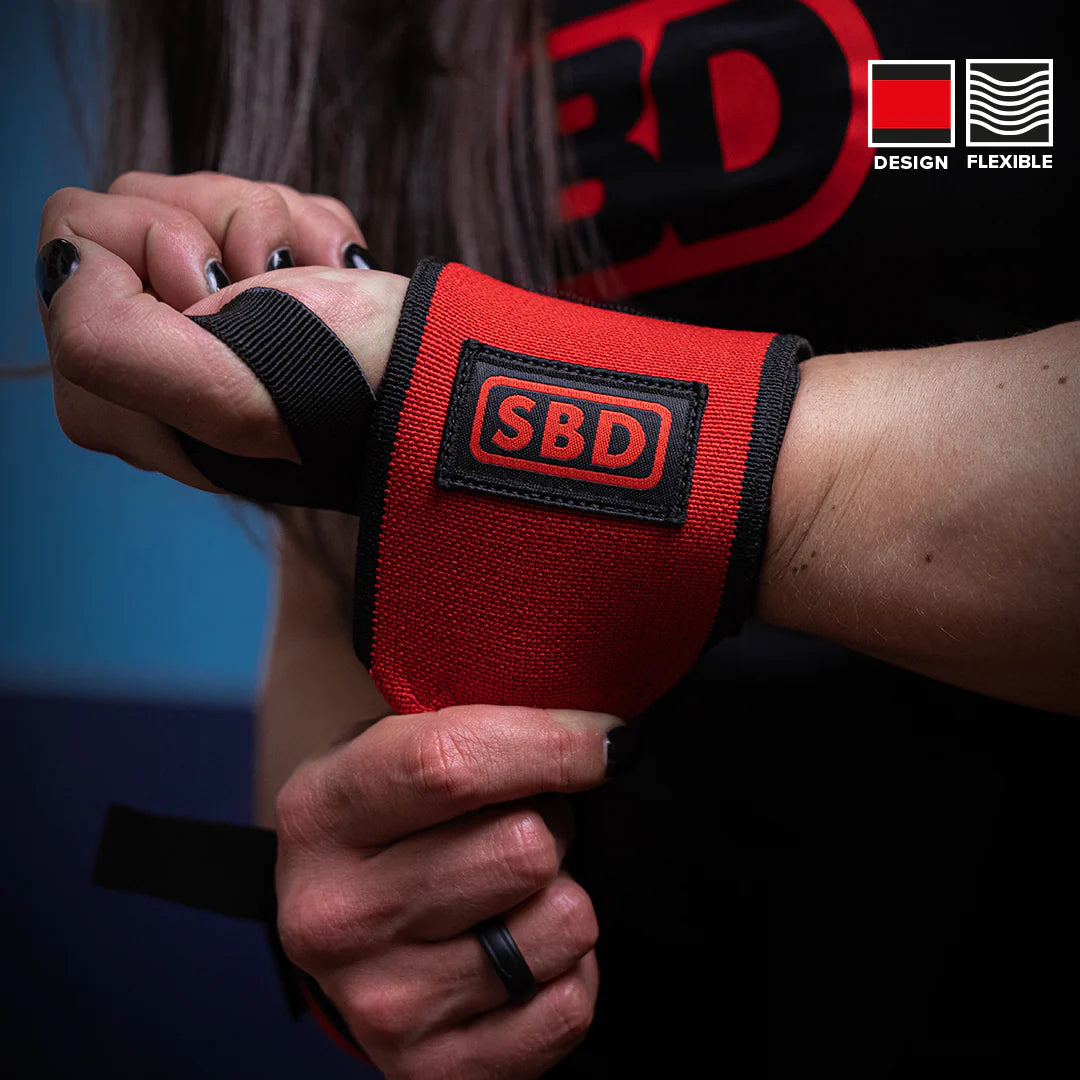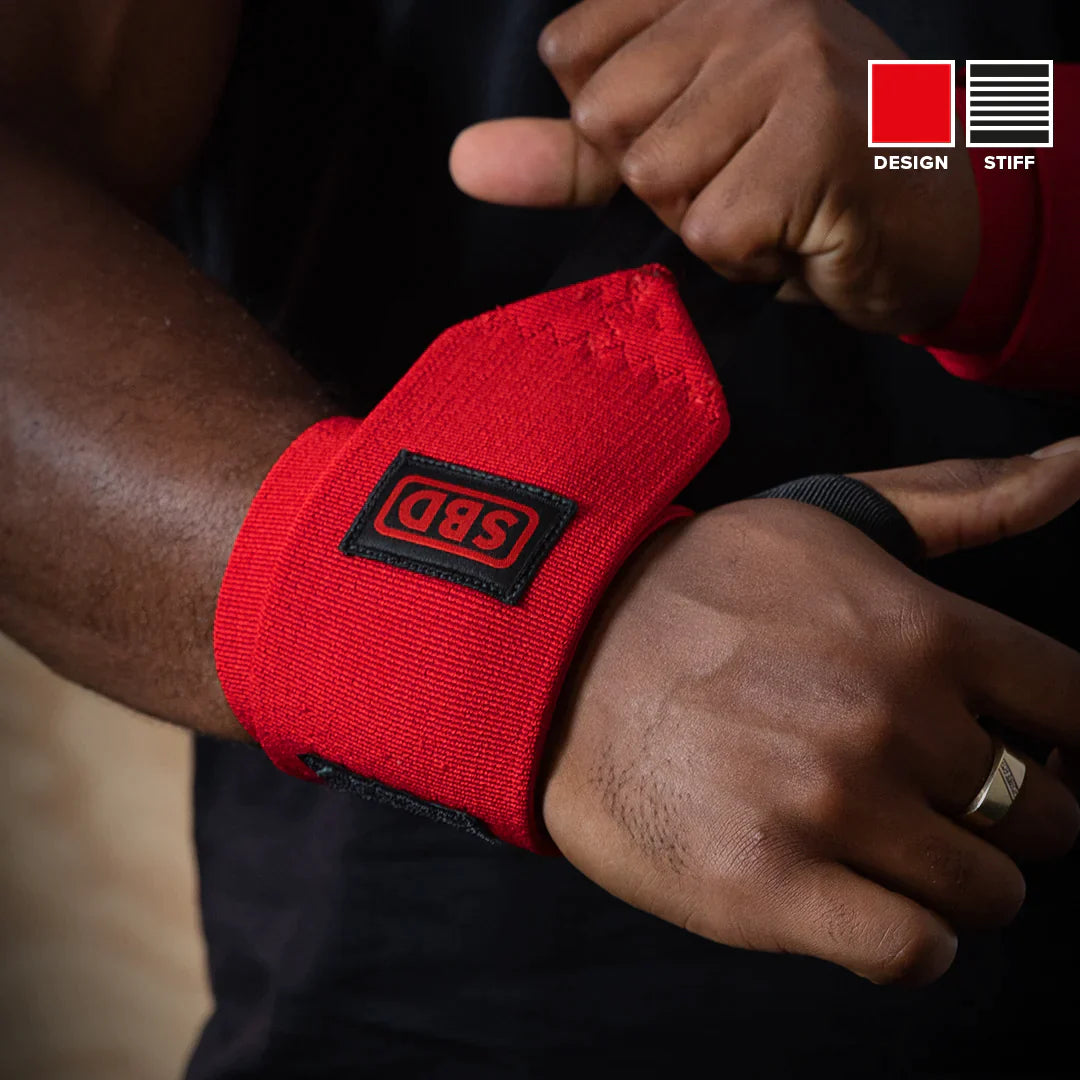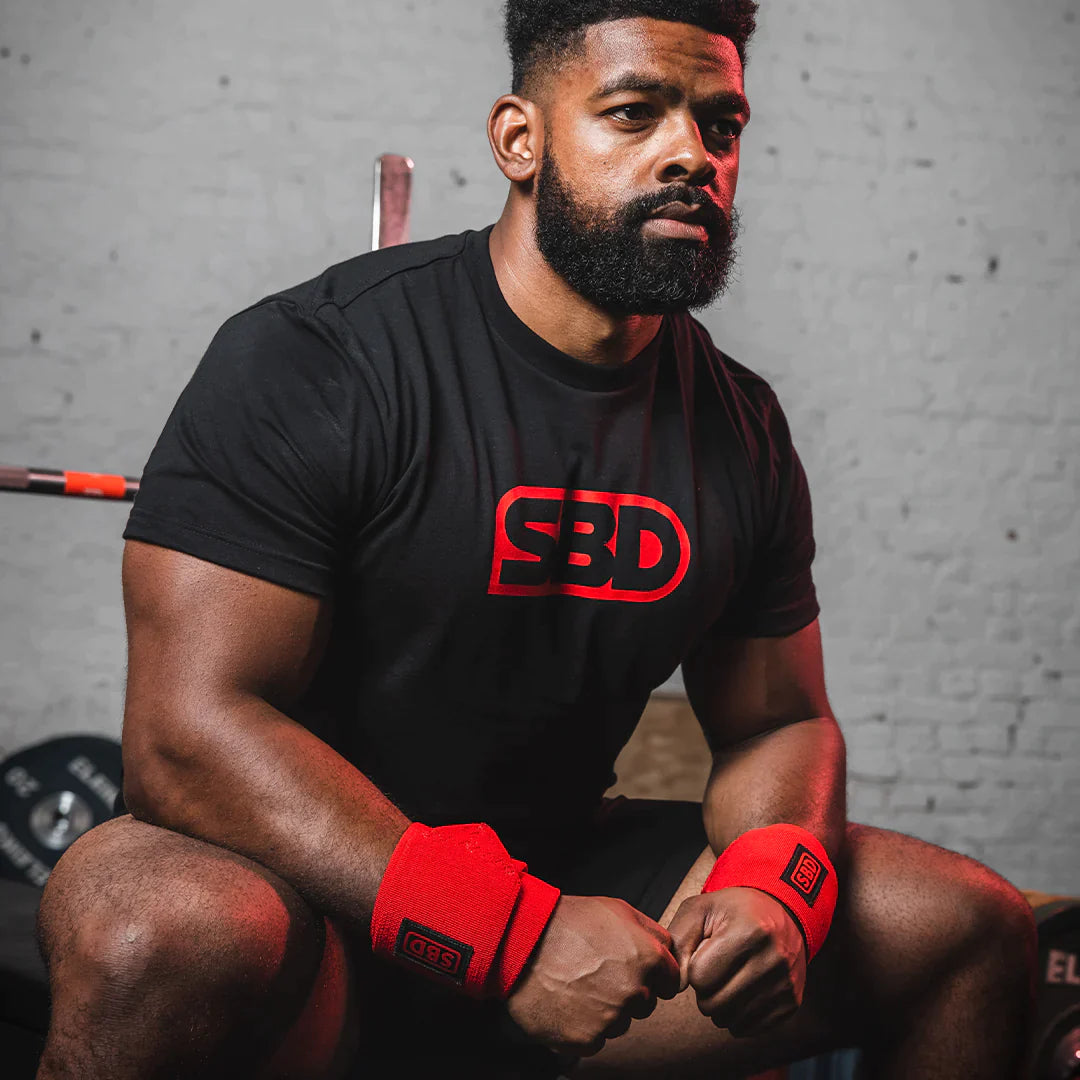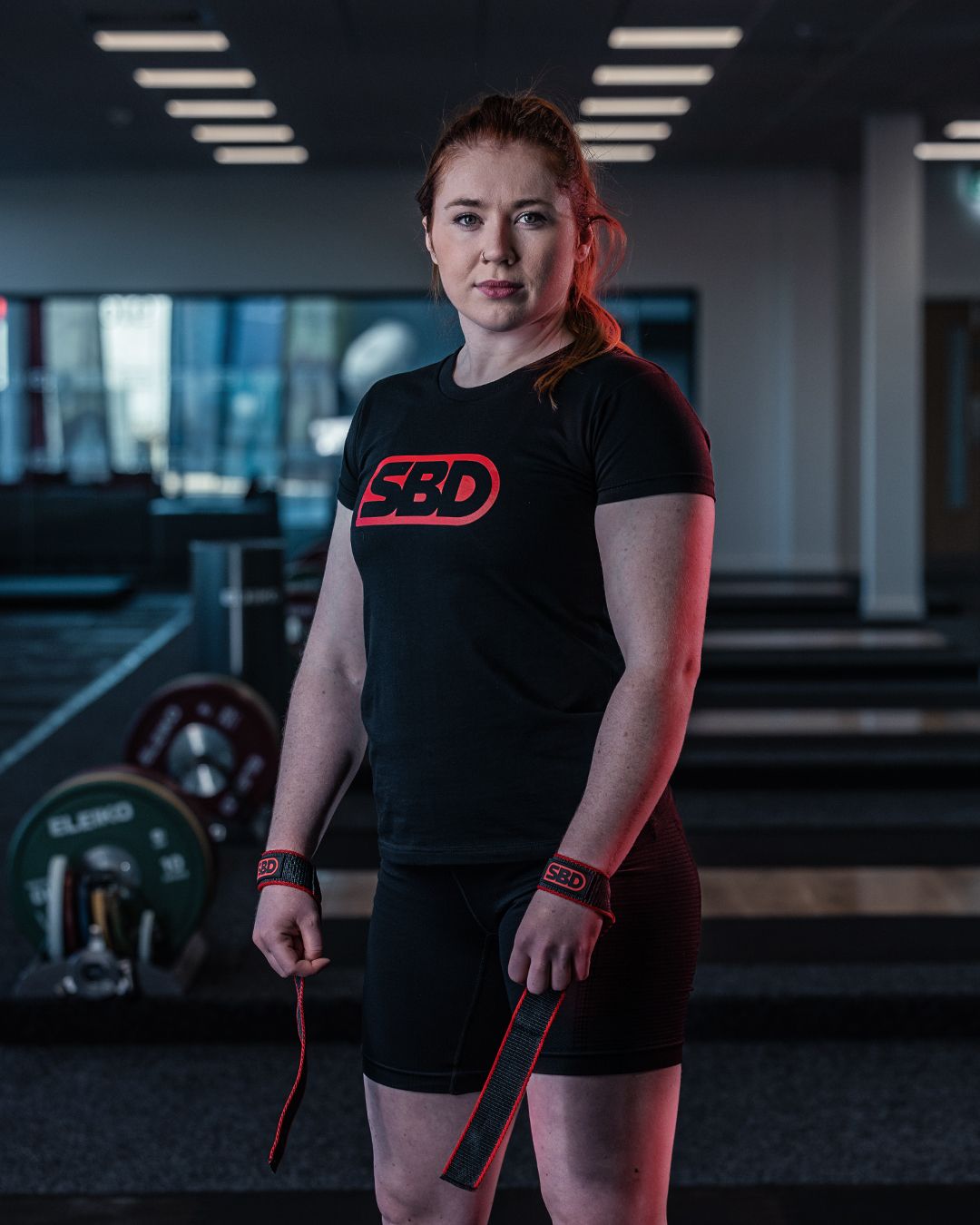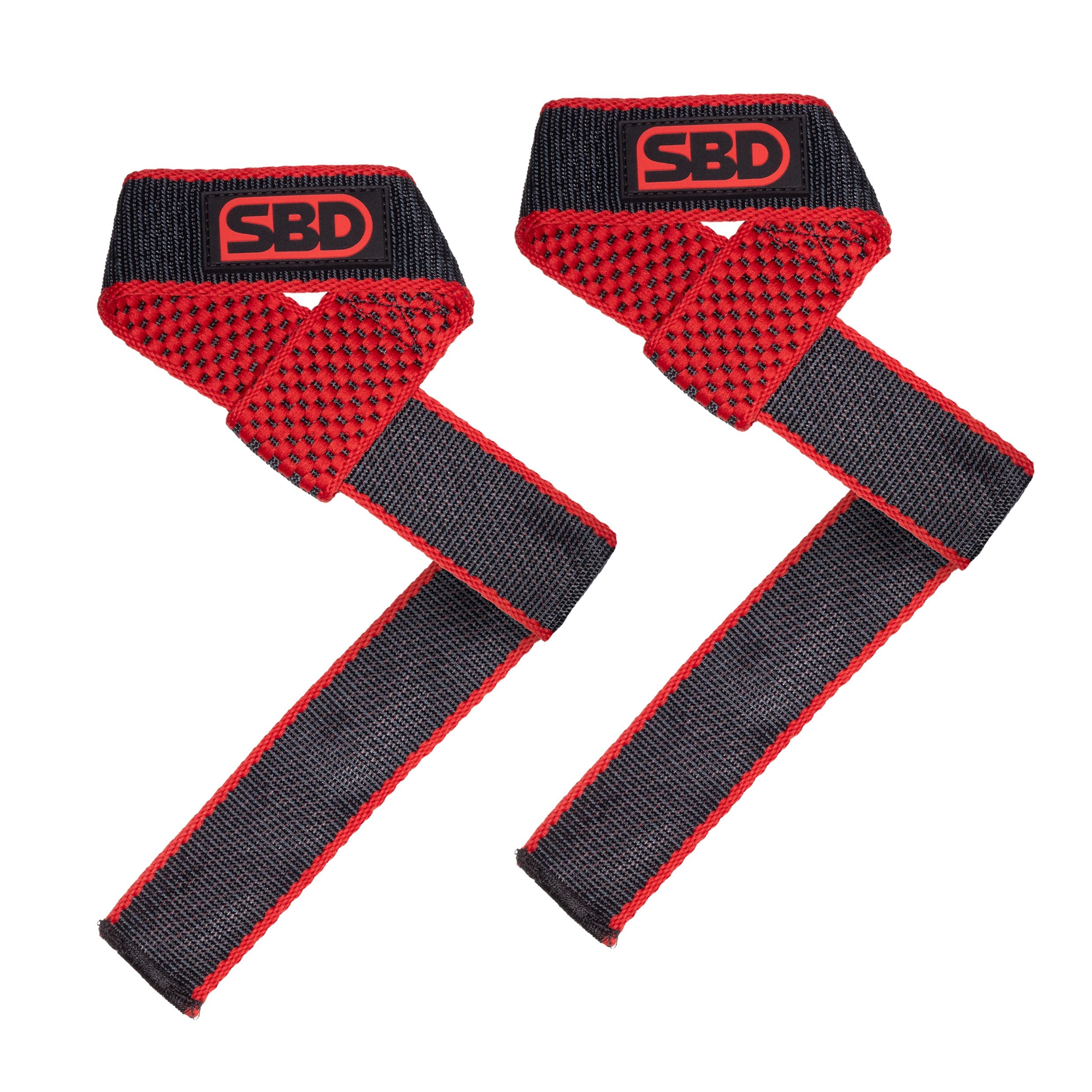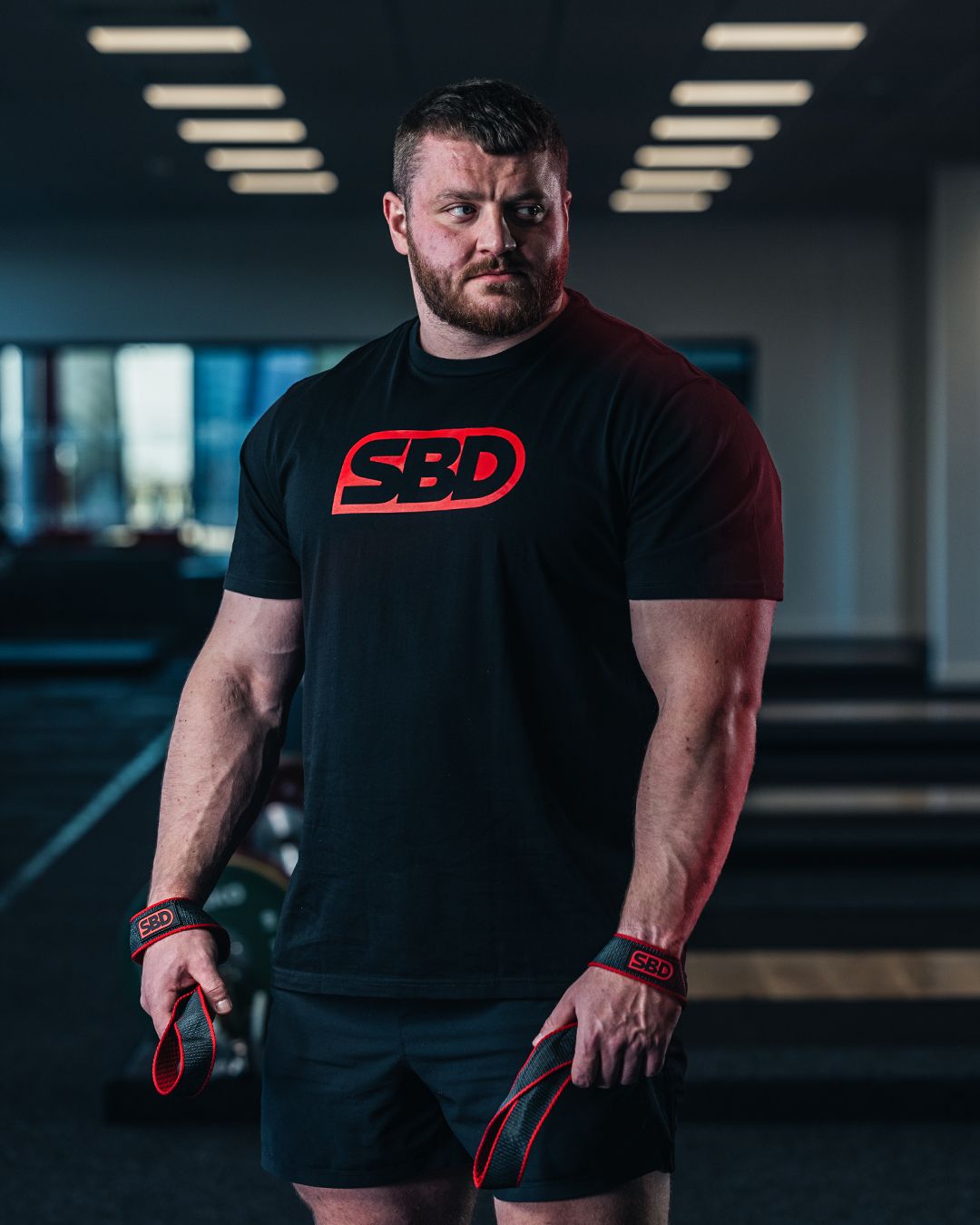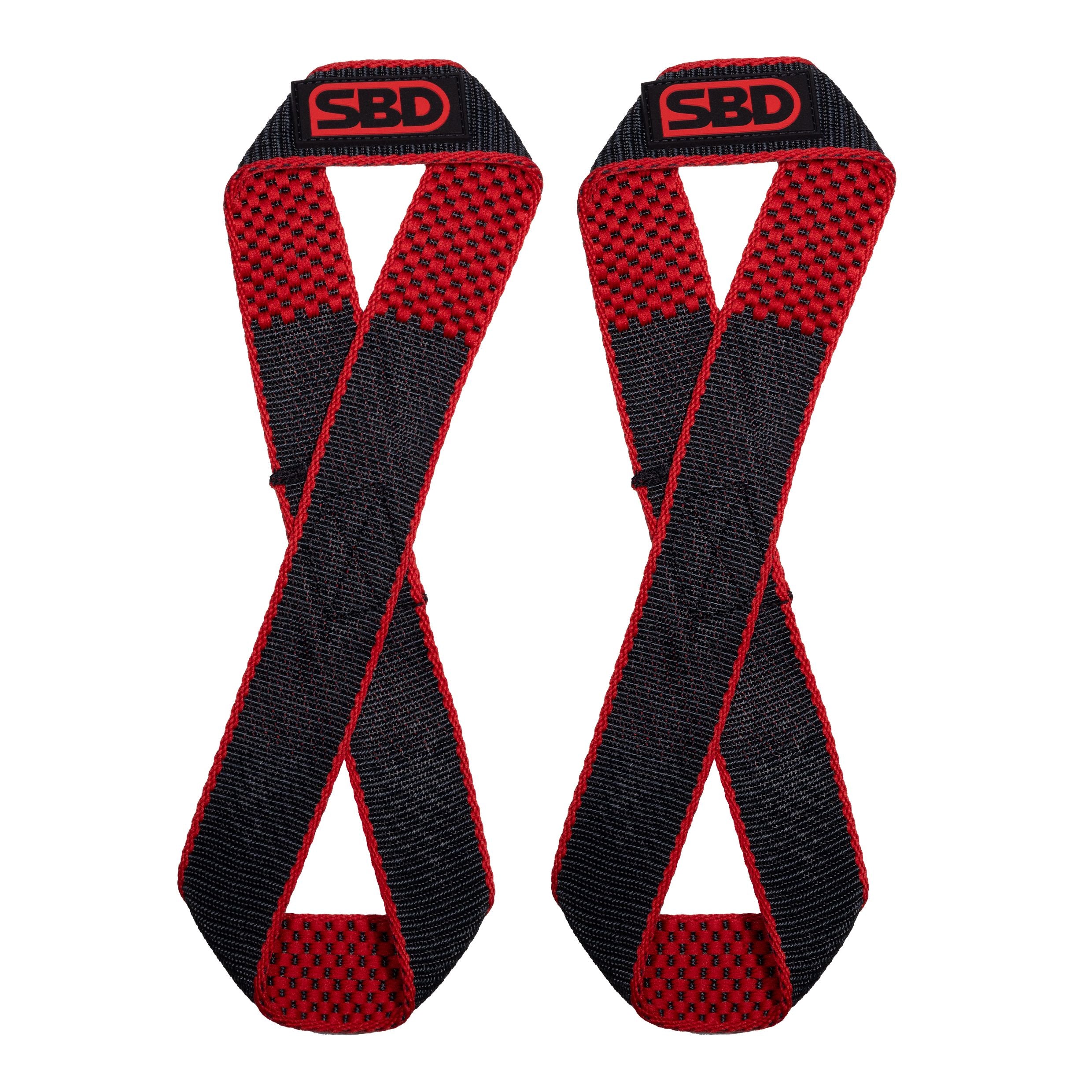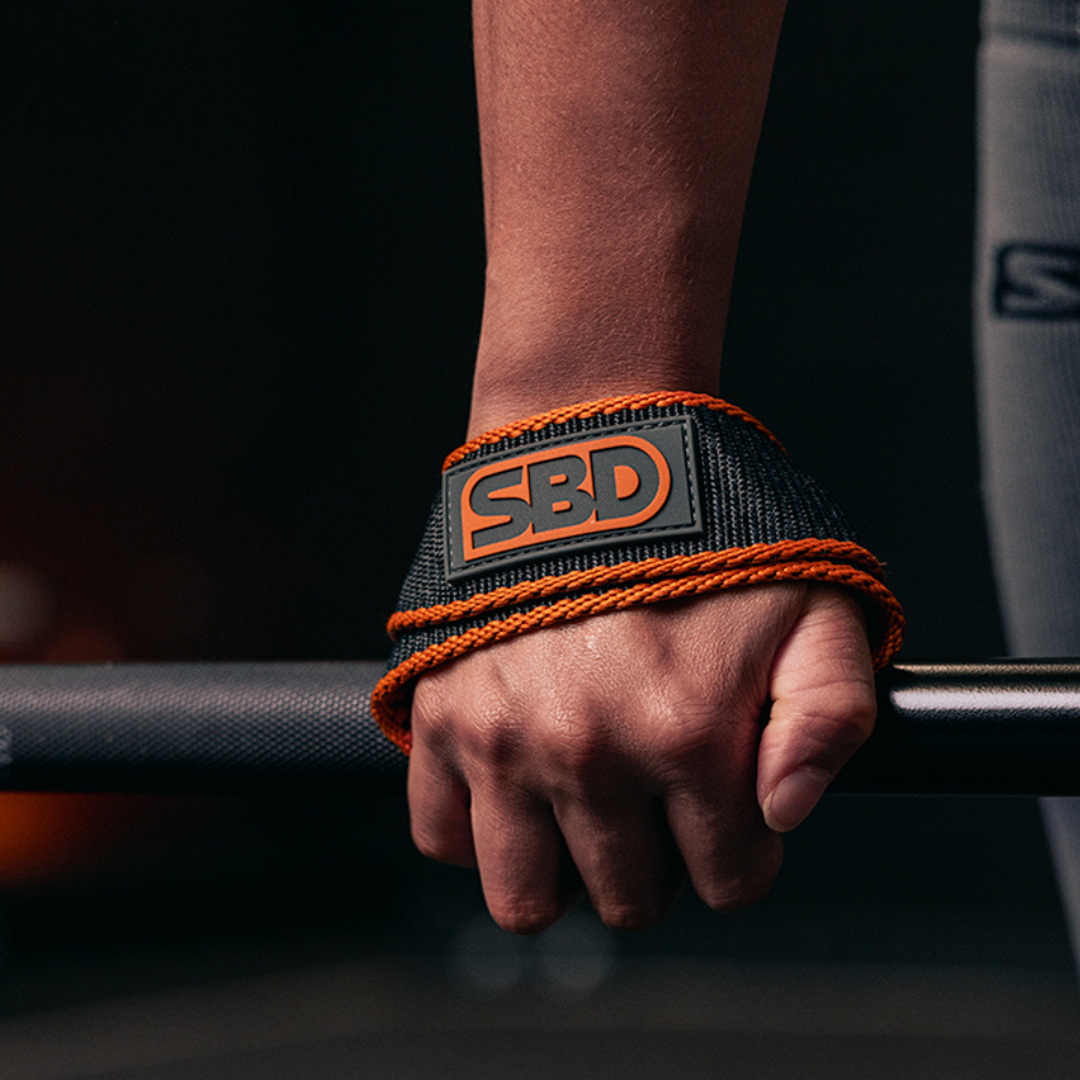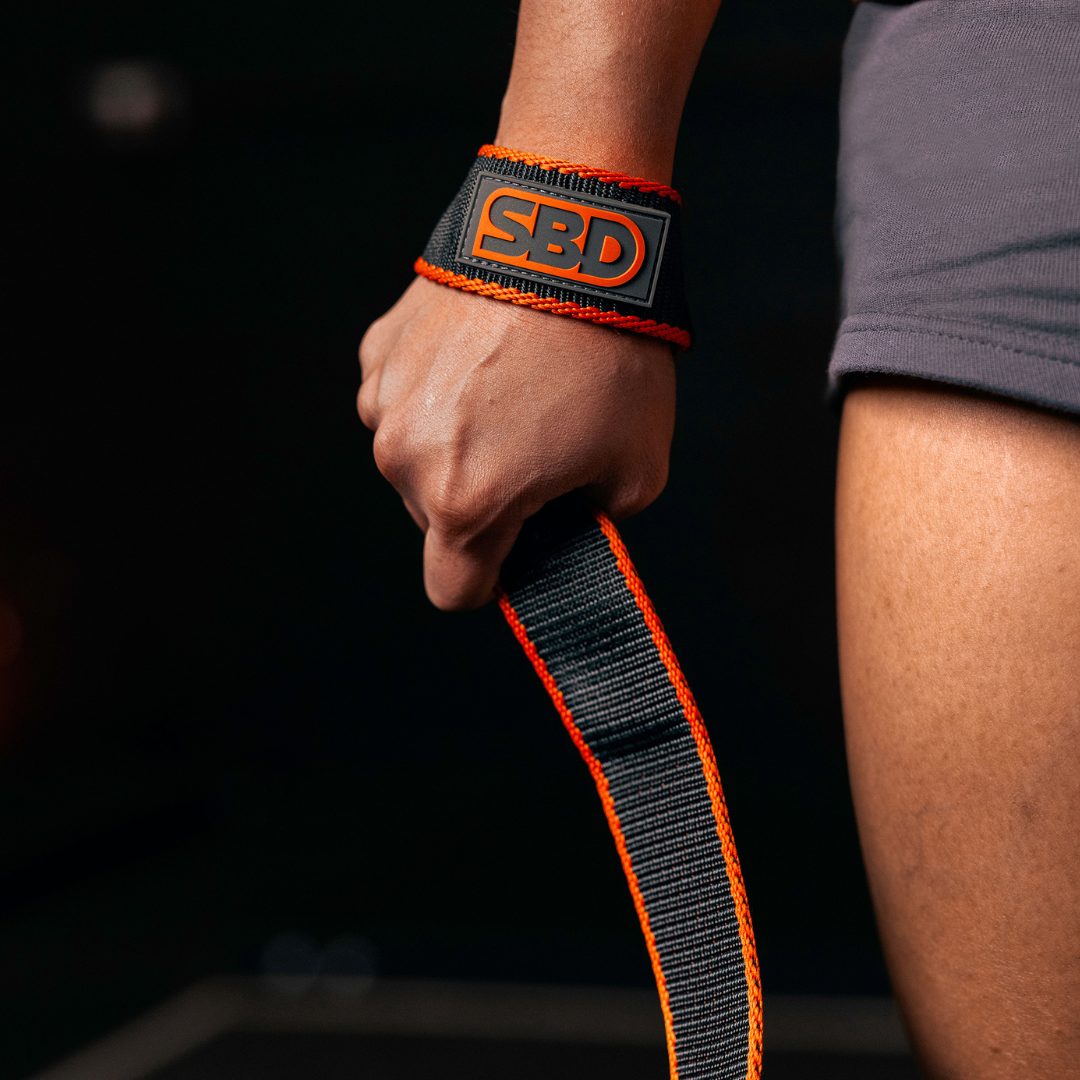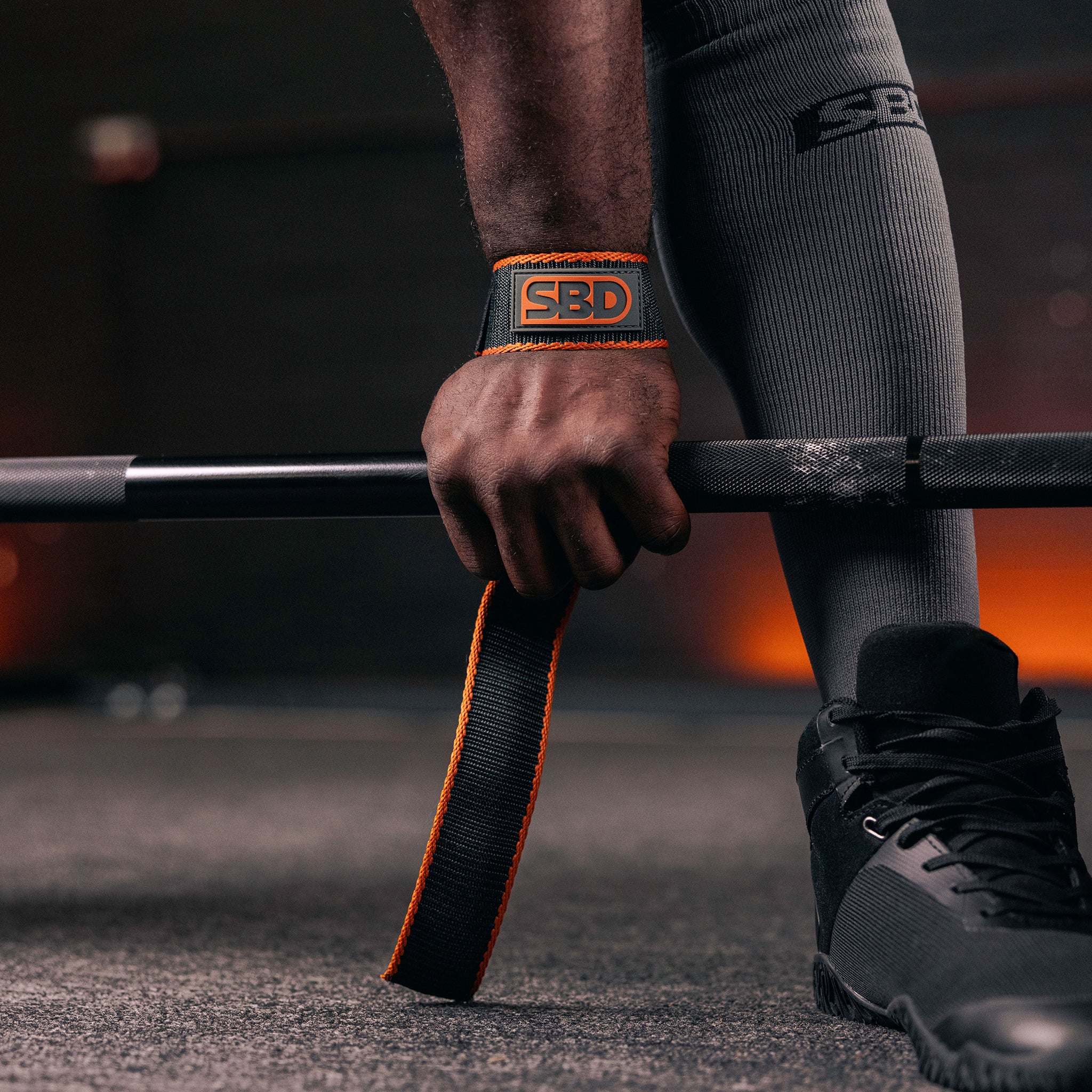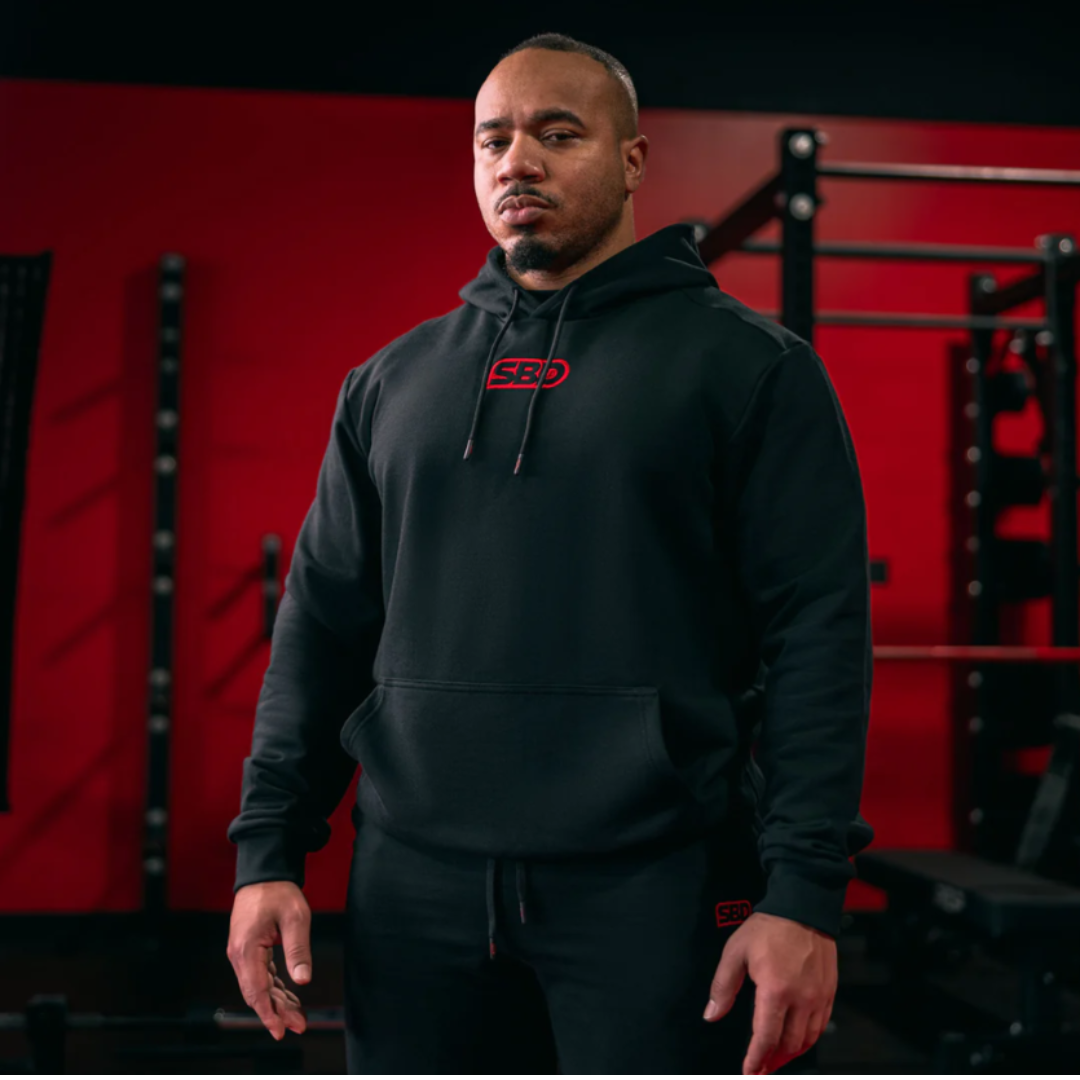Heavy squats are one of the most powerful exercises for building lower body strength, improving athleticism, and supporting overall fitness. But without proper care, your knees can take the brunt of poor form, inadequate warm-ups, or overtraining. If you want to squat heavy for the long haul, understanding how to bulletproof your knees is essential.
Knee injuries can sideline progress for months. They’re also avoidable. This article unpacks nine powerfully effective strategies to keep your knees strong, stable, and pain-free while lifting heavy. We’ll cover technique, support gear, recovery, and even supplements.
Understanding the Anatomy of the Knee
Before we get into strategies, it helps to understand what’s actually going on inside the knee joint when you squat.
Key Ligaments and Tendons Involved in Squatting
The knee joint is a hinge joint made up of the femur (thigh bone), tibia (shin bone), and patella (kneecap). Supporting this structure are critical ligaments:
-
Anterior Cruciate Ligament (ACL) and Posterior Cruciate Ligament (PCL) – These control the back-and-forth motion of the knee.
-
Medial Collateral Ligament (MCL) and Lateral Collateral Ligament (LCL) – These stabilise the knee side-to-side.
-
Patellar Tendon – Connects the kneecap to the tibia, essential for the extension of the knee during squats.
How Heavy Loads Affect Knee Joints
During a squat, forces exerted on the knee can be several times your body weight. When technique or strength imbalances are present, these forces can stress ligaments and cartilage, leading to inflammation or injury. Understanding this mechanical load is crucial for safe training.
Common Knee Injuries from Squats
Patellar Tendonitis
Also known as “jumper’s knee,” this condition arises from overuse or improper squatting technique, causing inflammation where the patellar tendon meets the shin.
Meniscus Tears
Twisting or excessive compression during deep squats can damage the meniscus – the cartilage that cushions your knee.
IT Band Syndrome
When the iliotibial band becomes tight, it can cause lateral knee pain, particularly when squatting with poor hip mobility.
Strategy 1: Perfect Your Squat Technique
Getting your form right is the number one way to bulletproof your knees.
Foot Placement and Alignment
Your toes should point slightly outward (around 15–30 degrees) with your knees tracking over your toes throughout the movement. This alignment helps evenly distribute force.
Depth and Range of Motion
Avoid “butt wink” – the pelvic tucking at the bottom of the squat – which can increase pressure on the lower back and knees. Depth should be parallel or slightly below depending on mobility, but never at the expense of form.
Strategy 2: Warm-Up and Mobility Essentials
Skipping your warm-up is like driving without oil – eventually, things break down.
Dynamic Stretching
Prioritise leg swings, hip circles, and walking lunges. These get blood flowing and prepare the muscles and joints for load.
Foam Rolling and Activation Drills
Spend 5–10 minutes foam rolling quads, hamstrings, and calves. Then activate glutes and core with exercises like monster walks and planks.
Strategy 3: Strengthen Supporting Muscles
Strong knees aren’t built on squats alone.
Glutes and Hamstrings
Weak posterior chains force knees to compensate. Exercises like Romanian deadlifts and glute bridges create stability and relieve knee stress.
Core Stability
A rock-solid core keeps your spine and hips in alignment, preventing form breakdown under heavy weight.
Strategy 4: Choose the Right Footwear
Wearing improper shoes during squats can alter your mechanics and strain your knees. Opt for weightlifting shoes with a raised heel to improve ankle mobility and help maintain an upright torso. Avoid cushioned running shoes, which create instability under load.
Strategy 5: Use Knee Sleeves and Braces Judiciously
Knee sleeves provide compression, warmth, and proprioceptive feedback. They're not a substitute for strength but offer support during max effort lifts. Braces should only be used when recovering from injury or under medical guidance.
Strategy 6: Progress Your Load Responsibly
One of the fastest ways to wreck your knees is to jump weight too quickly. Use the 10% rule – never increase weight more than 10% per week. Stick to planned periodisation and listen to your body.
Strategy 7: Include Recovery in Your Routine
Training hard is only half the equation – recovery cements progress.
Sleep, Hydration, and Active Recovery
Aim for 7–9 hours of sleep, drink plenty of water, and include light mobility sessions or yoga on rest days. Recovery tools like massage guns and ice baths can also be helpful.
Strategy 8: Try Joint-Supportive Supplements
Supplements aren’t magic pills, but they can support joint health over time.
-
Glucosamine and Chondroitin – Help maintain cartilage structure.
-
Collagen Peptides – Support connective tissue strength.
-
Omega-3 Fatty Acids – Reduce inflammation.
Always consult a healthcare provider before starting new supplements.
Strategy 9: Get Professional Coaching and Assessments
Even experienced lifters benefit from a coach’s eye. Professional assessments can uncover muscular imbalances, mobility issues, or technique flaws you might miss.
Look for certified coaches or physiotherapists who specialise in strength training.
Frequently Asked Questions (FAQs)
1. Can squats damage your knees permanently?
Not if done correctly. Poor form, excessive loading, or inadequate recovery can lead to injury, but proper squats are actually beneficial for knee health.
2. Should I avoid squats if I’ve had a previous knee injury?
Consult a physiotherapist. Often, modified squats and strengthening the surrounding muscles can be part of rehab.
3. How deep should I squat to avoid knee injury?
Aim for parallel depth or slightly below, ensuring your back remains neutral and knees track over toes.
4. Are front squats better for knees than back squats?
Front squats reduce shear force on the knees due to a more upright torso, making them a good alternative for some lifters.
5. Can I squat daily?
Daily squatting can be safe with light loads and proper programming, but most lifters benefit from rest between heavy sessions.
6. What’s the best way to know if my squat form is correct?
Record yourself from multiple angles or get feedback from a certified coach.
Conclusion: Build Resilience and Squat with Confidence
Building knee resilience for heavy squats doesn’t happen overnight. It takes a smart blend of good form, muscle balance, recovery, and attention to your body’s signals. These nine strategies are not just tips—they’re long-term solutions. By implementing them consistently, you’ll not only bulletproof your knees but unlock your full squatting potential.




